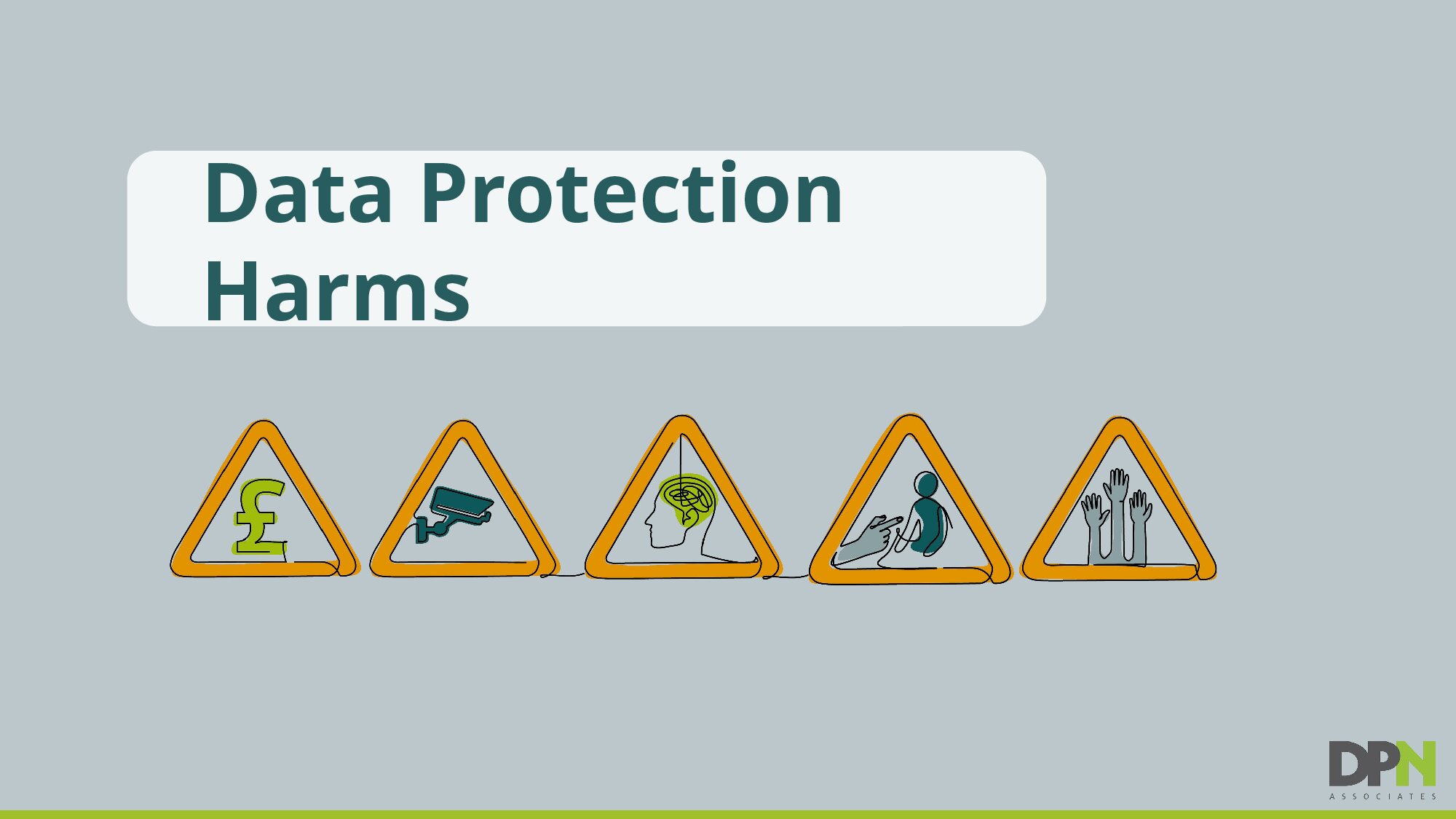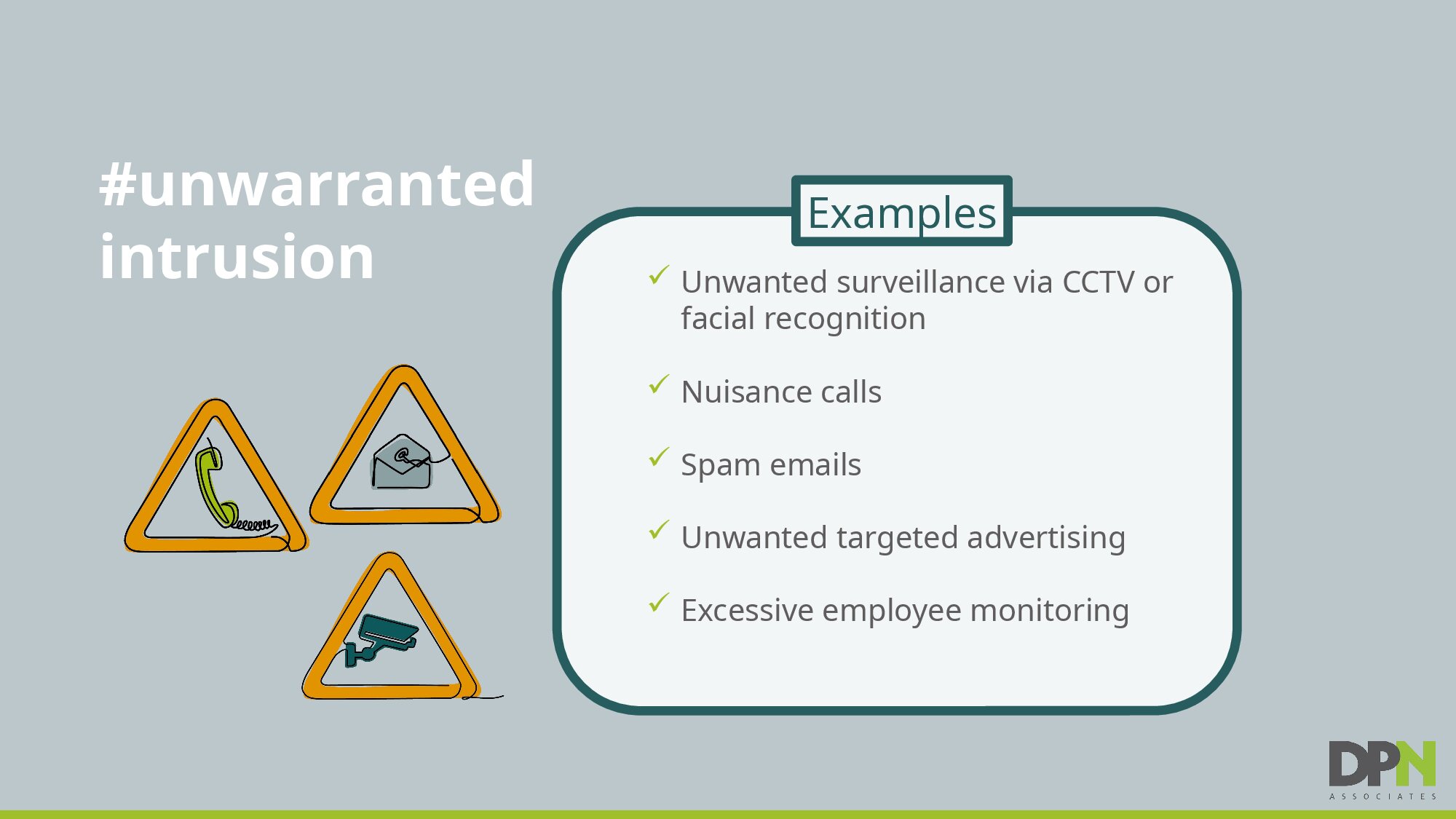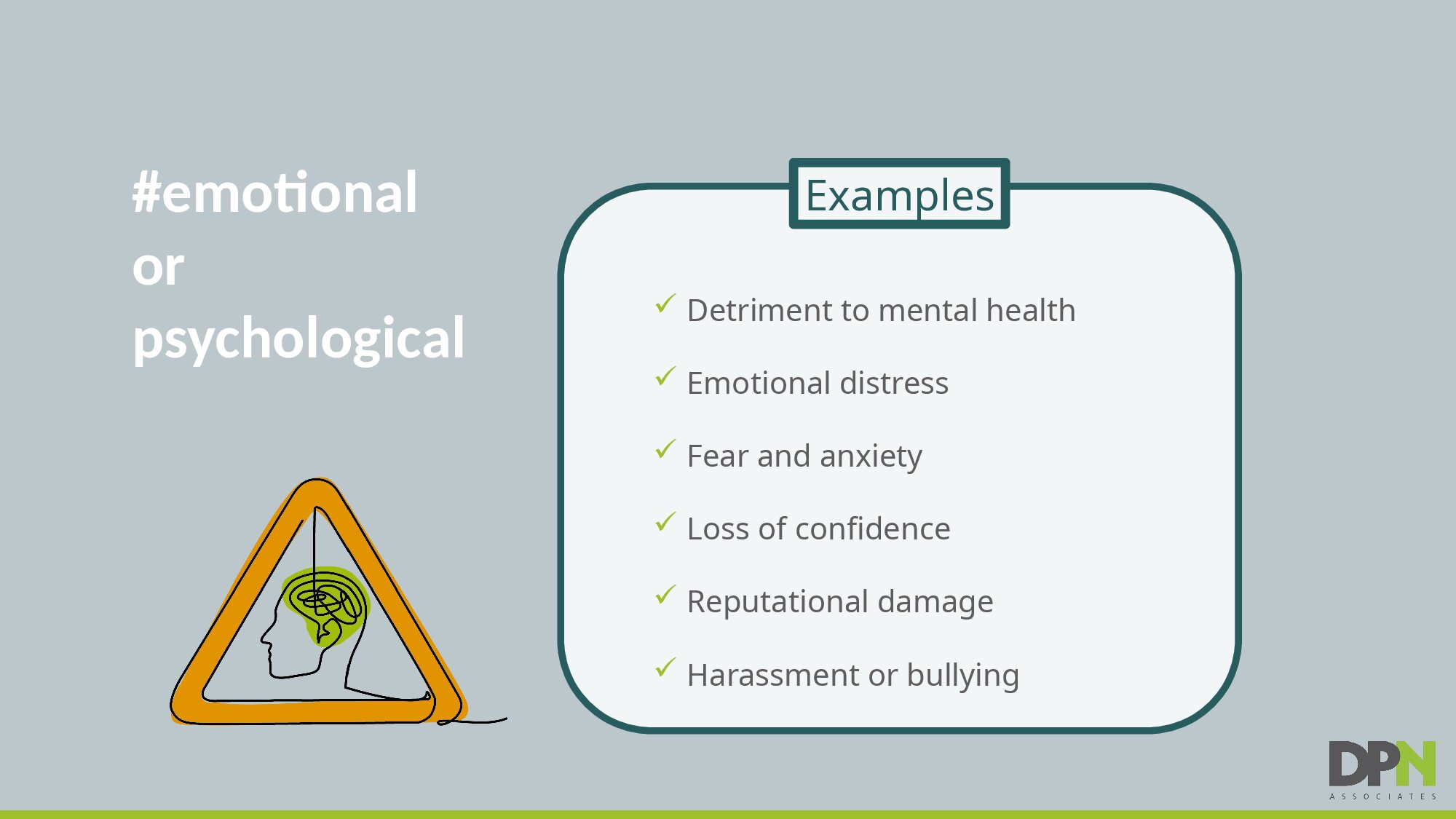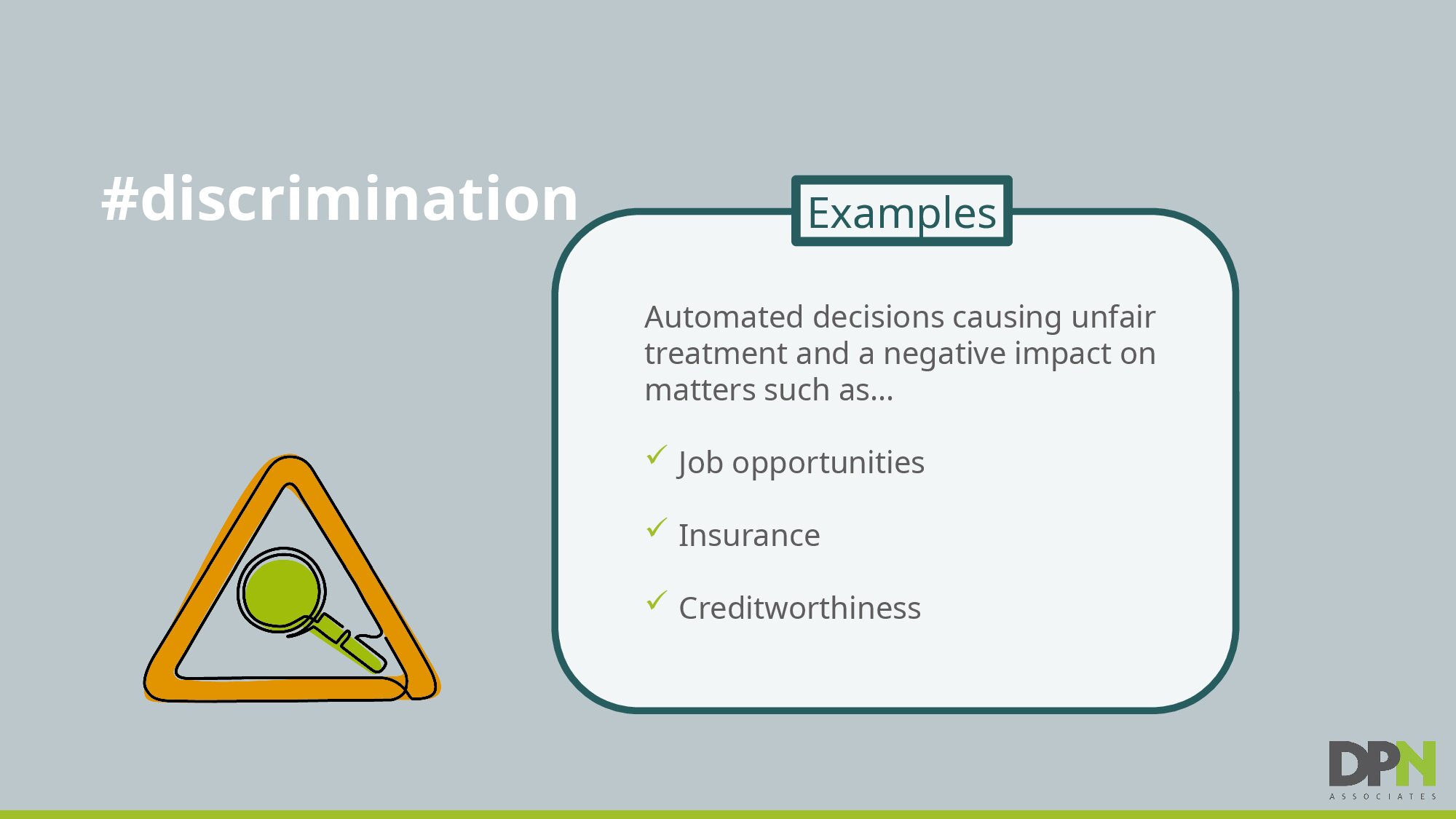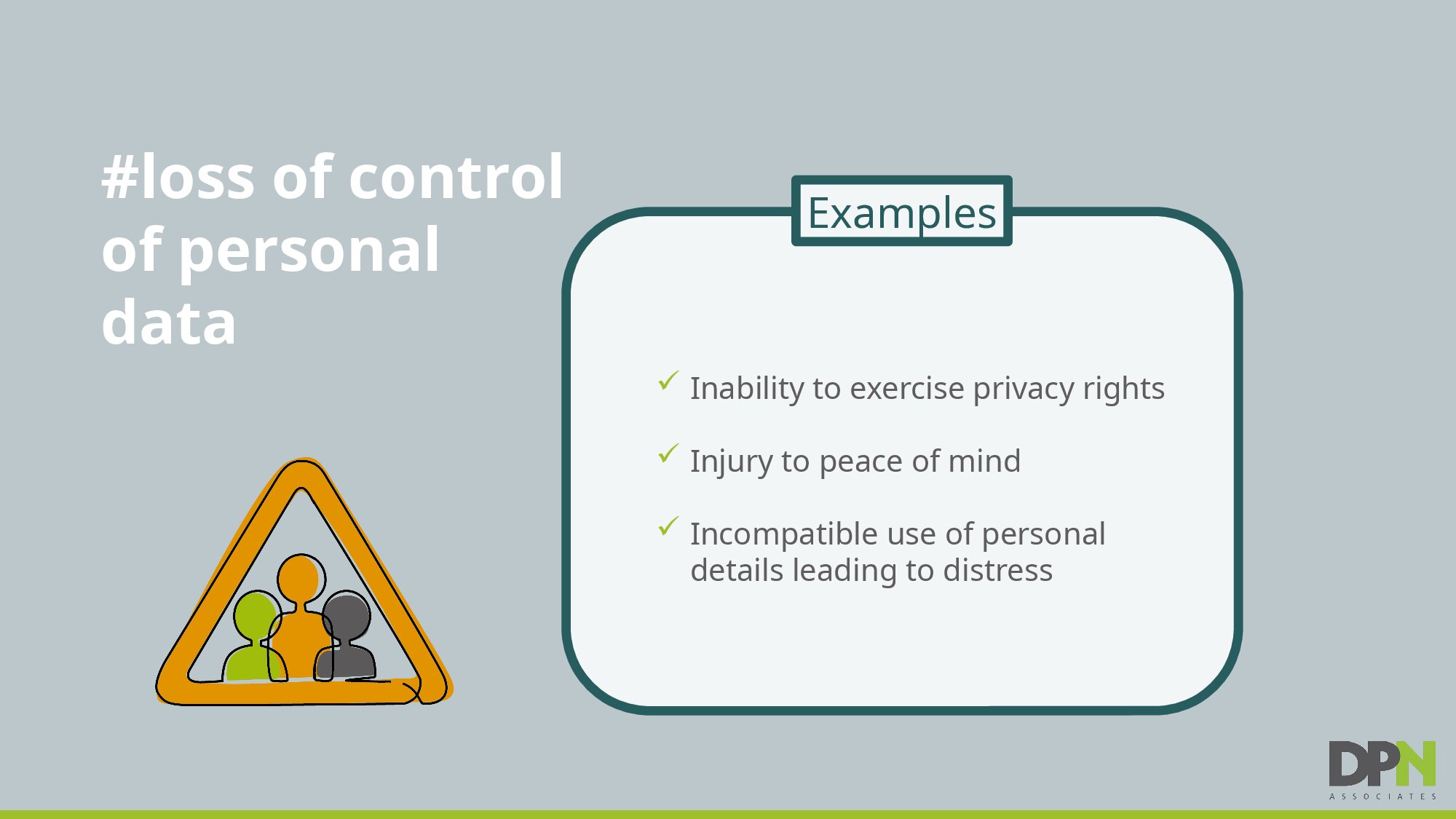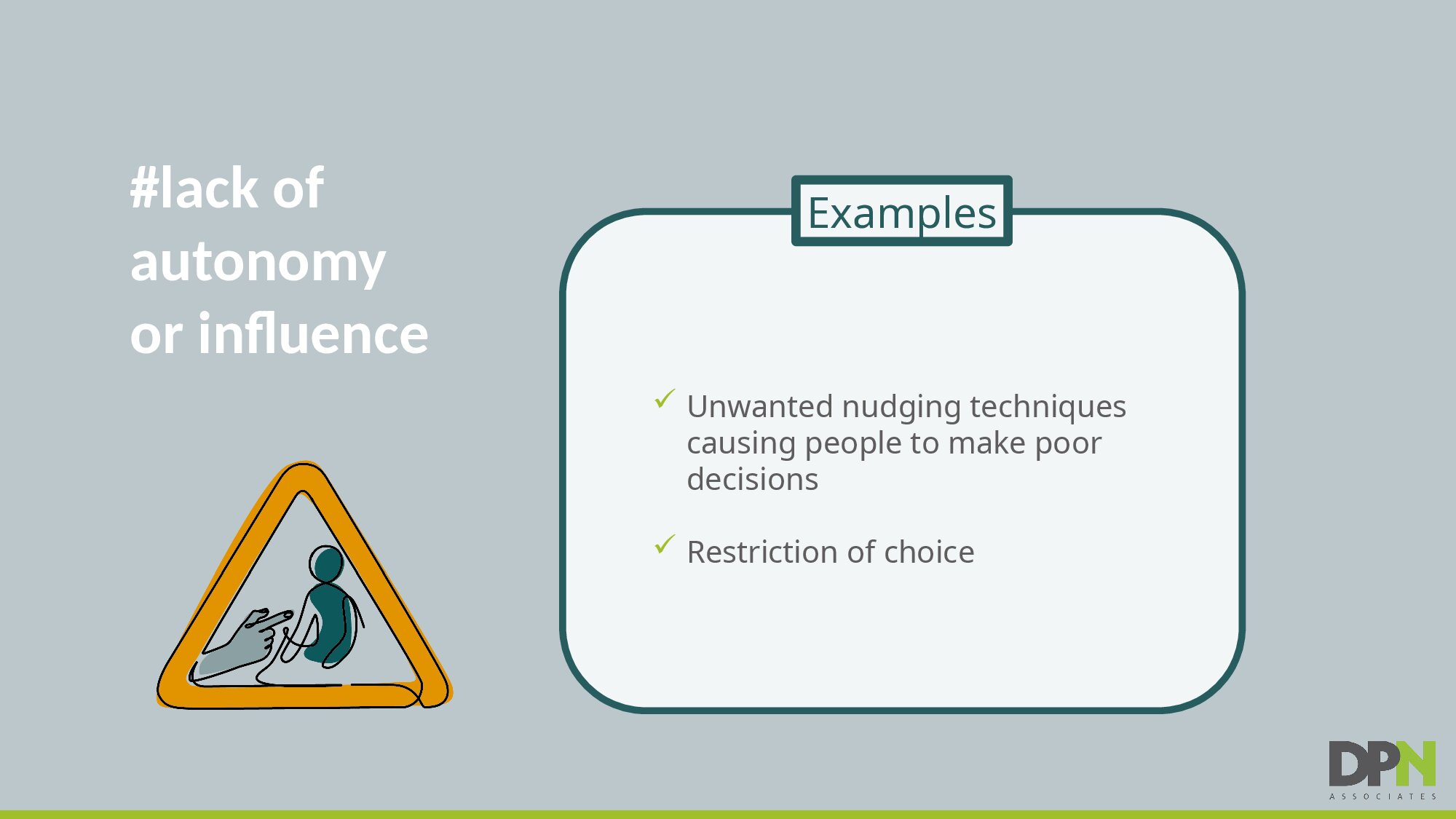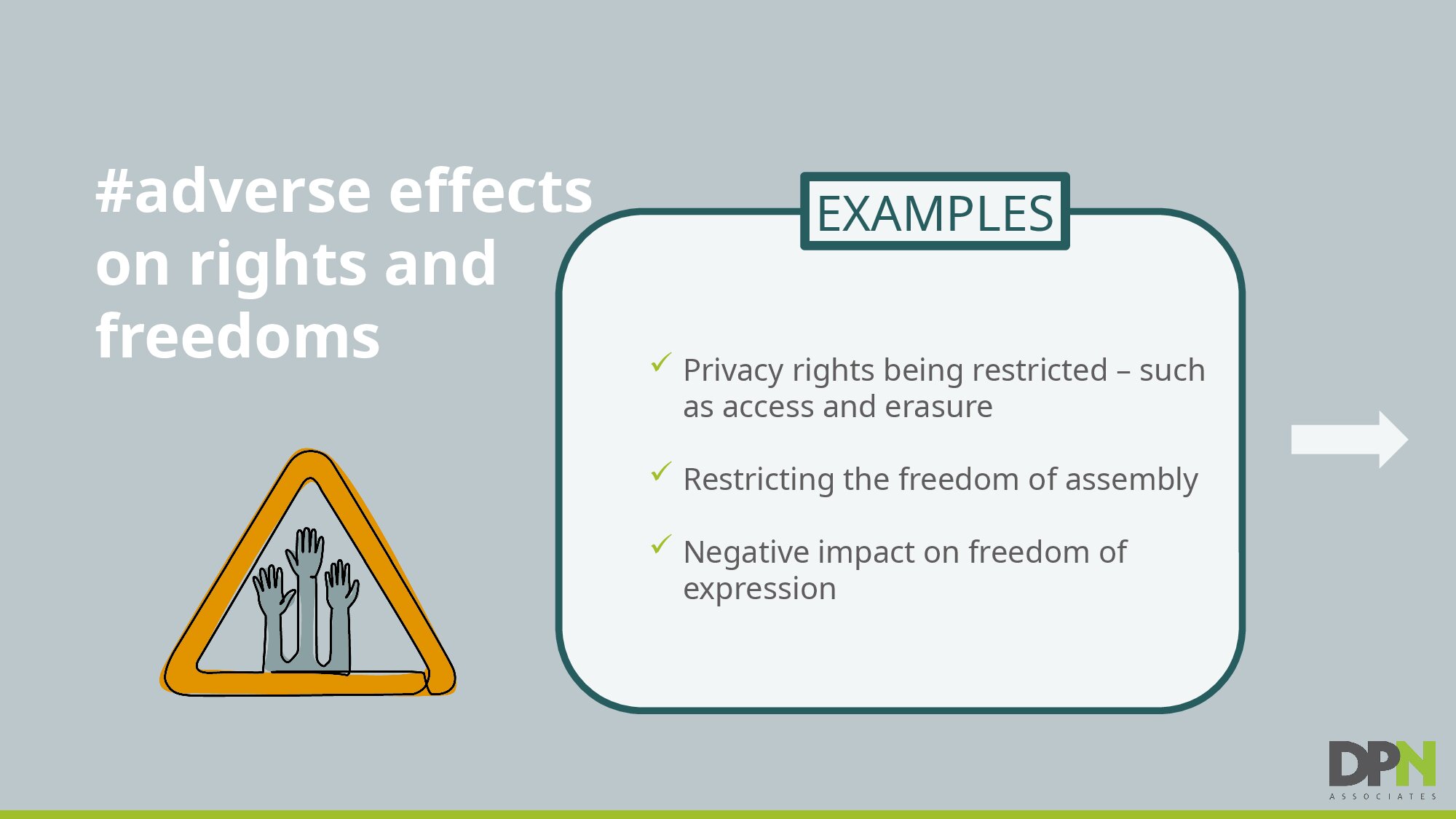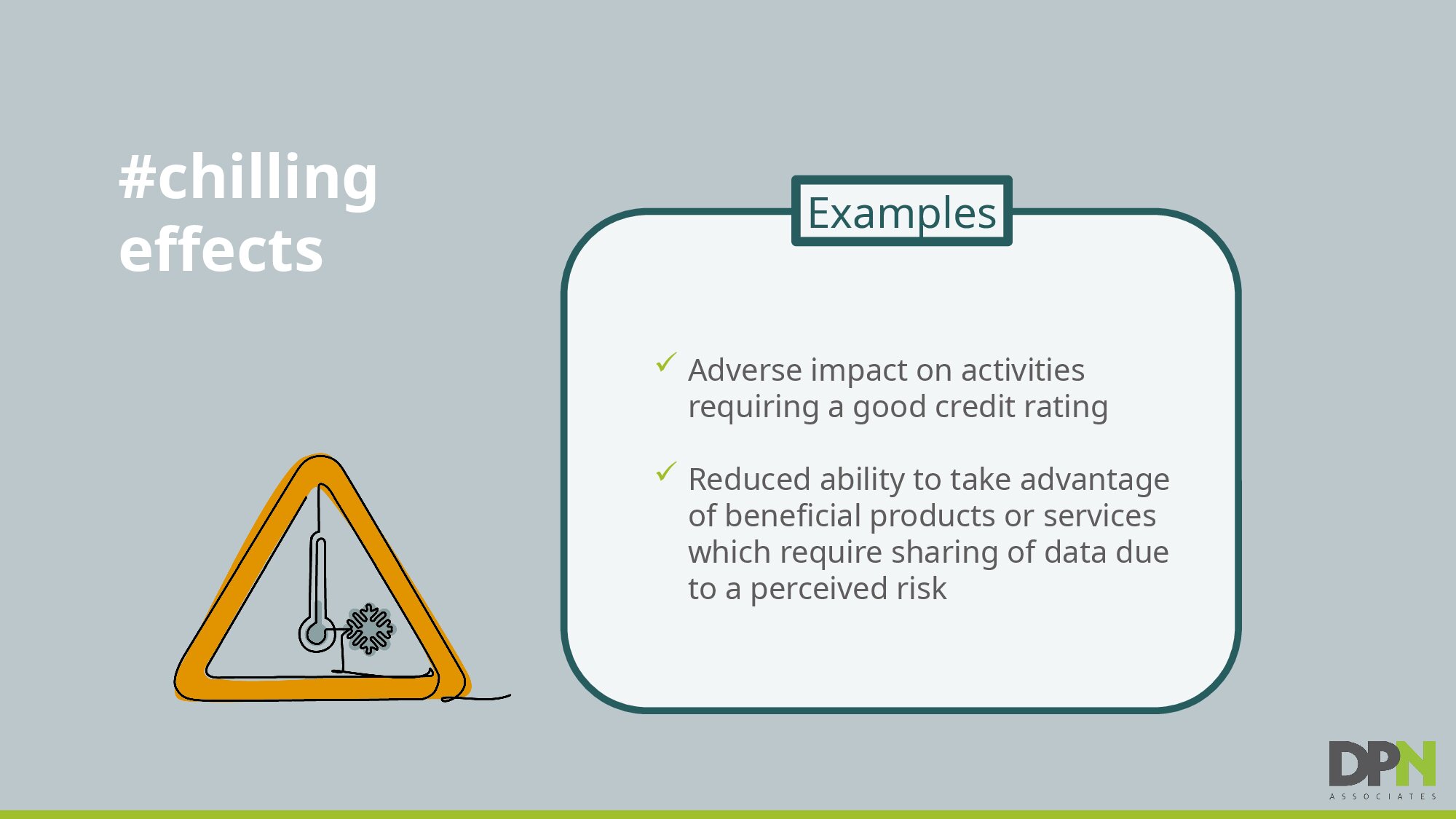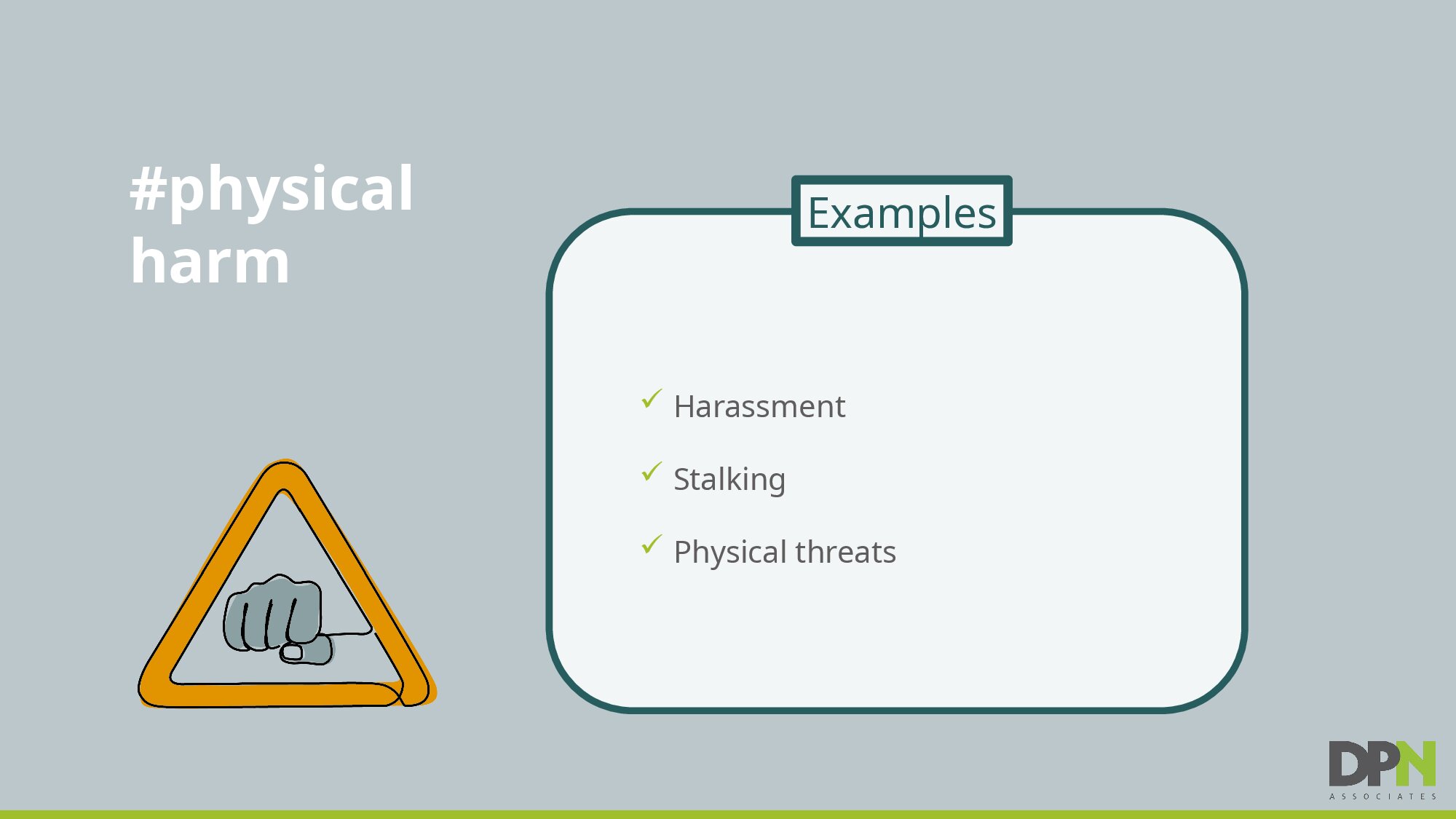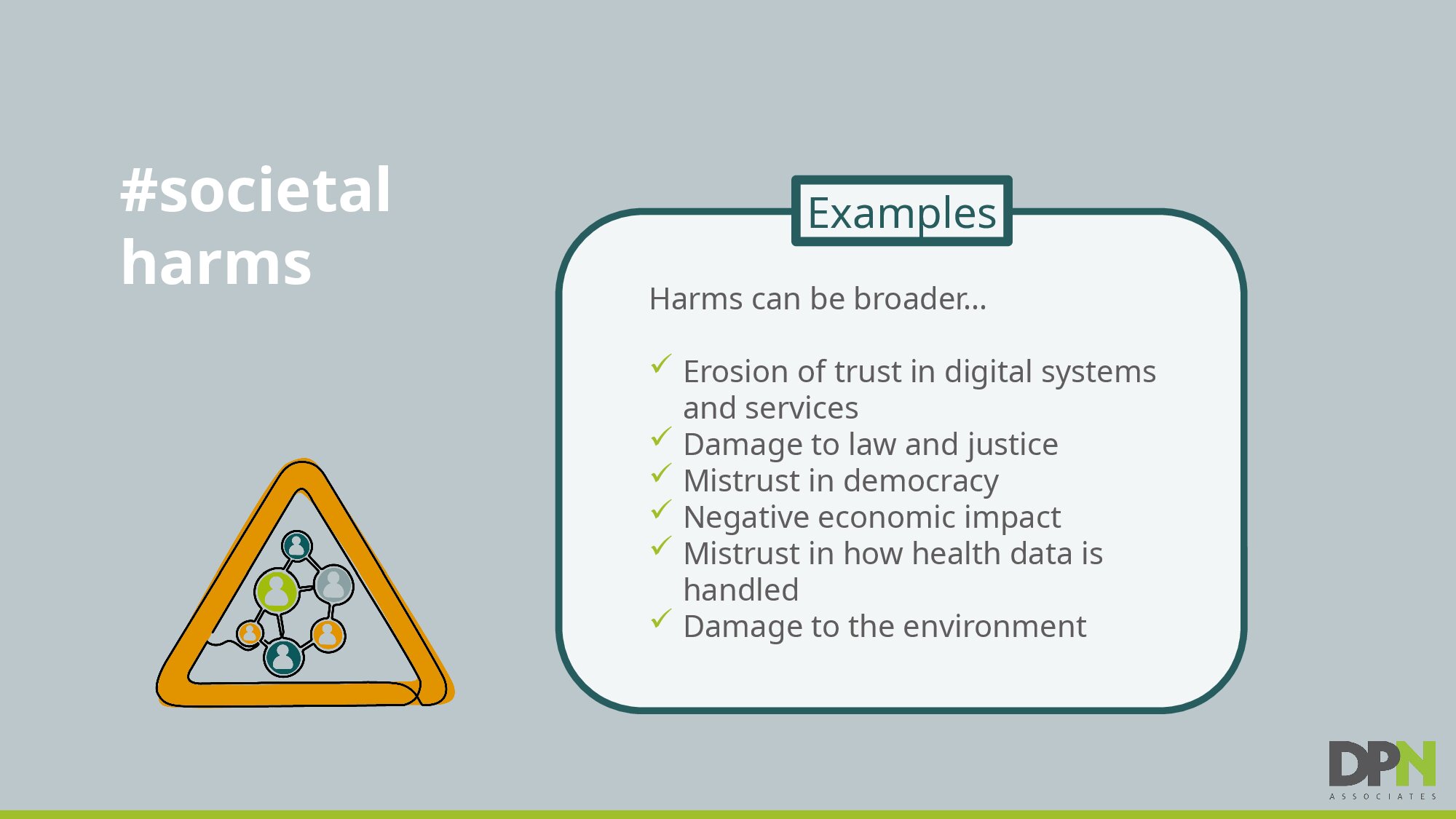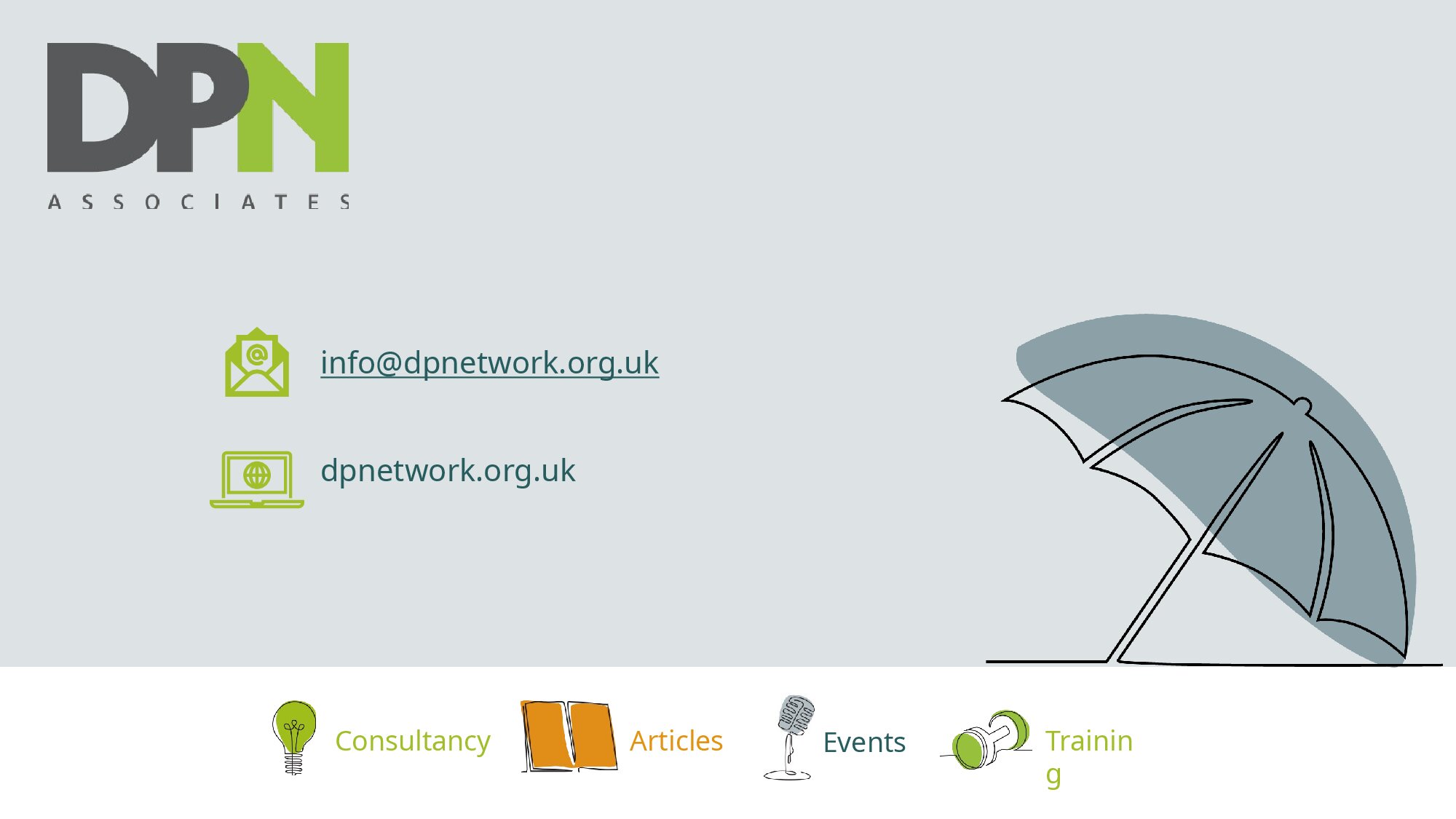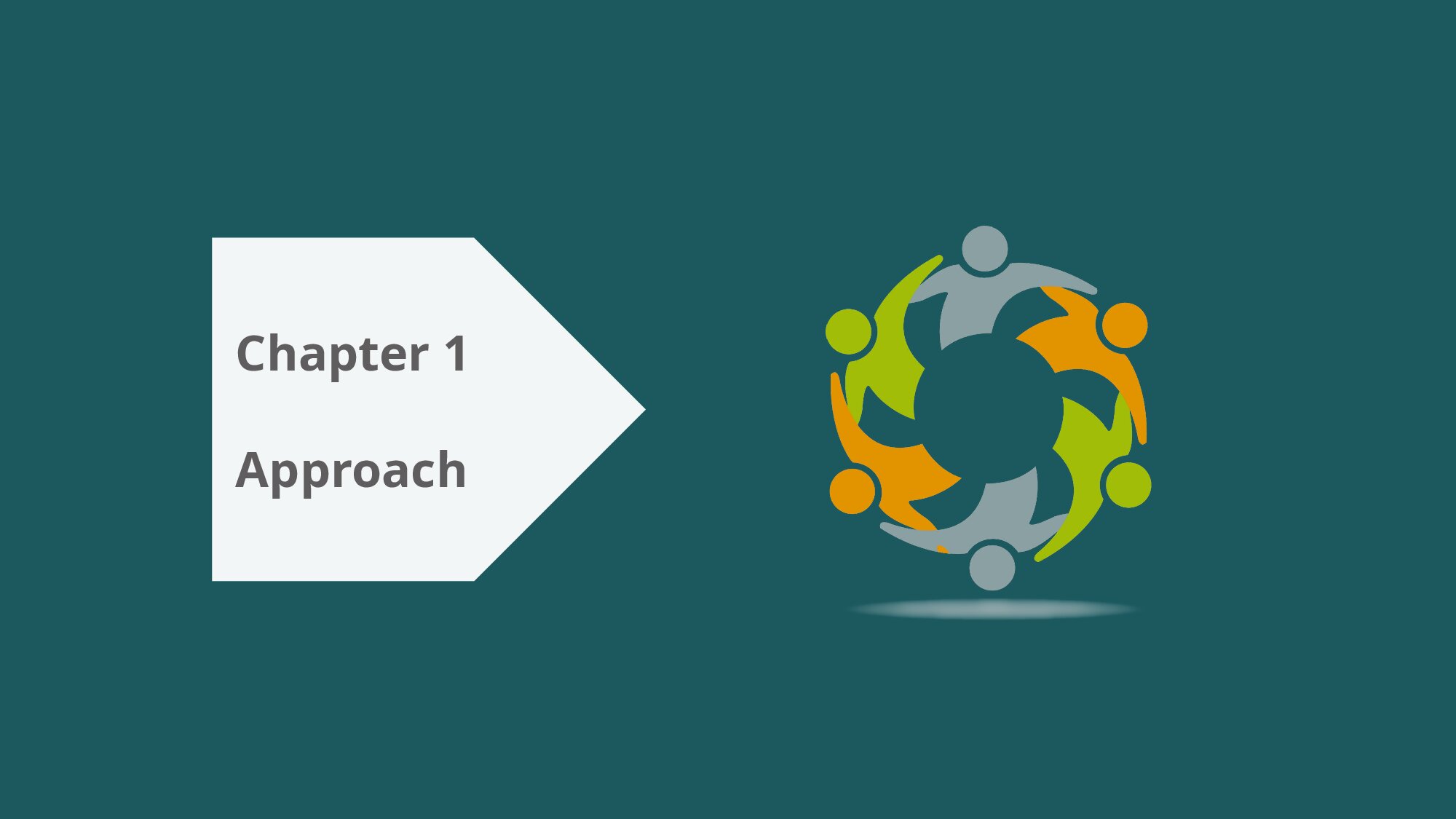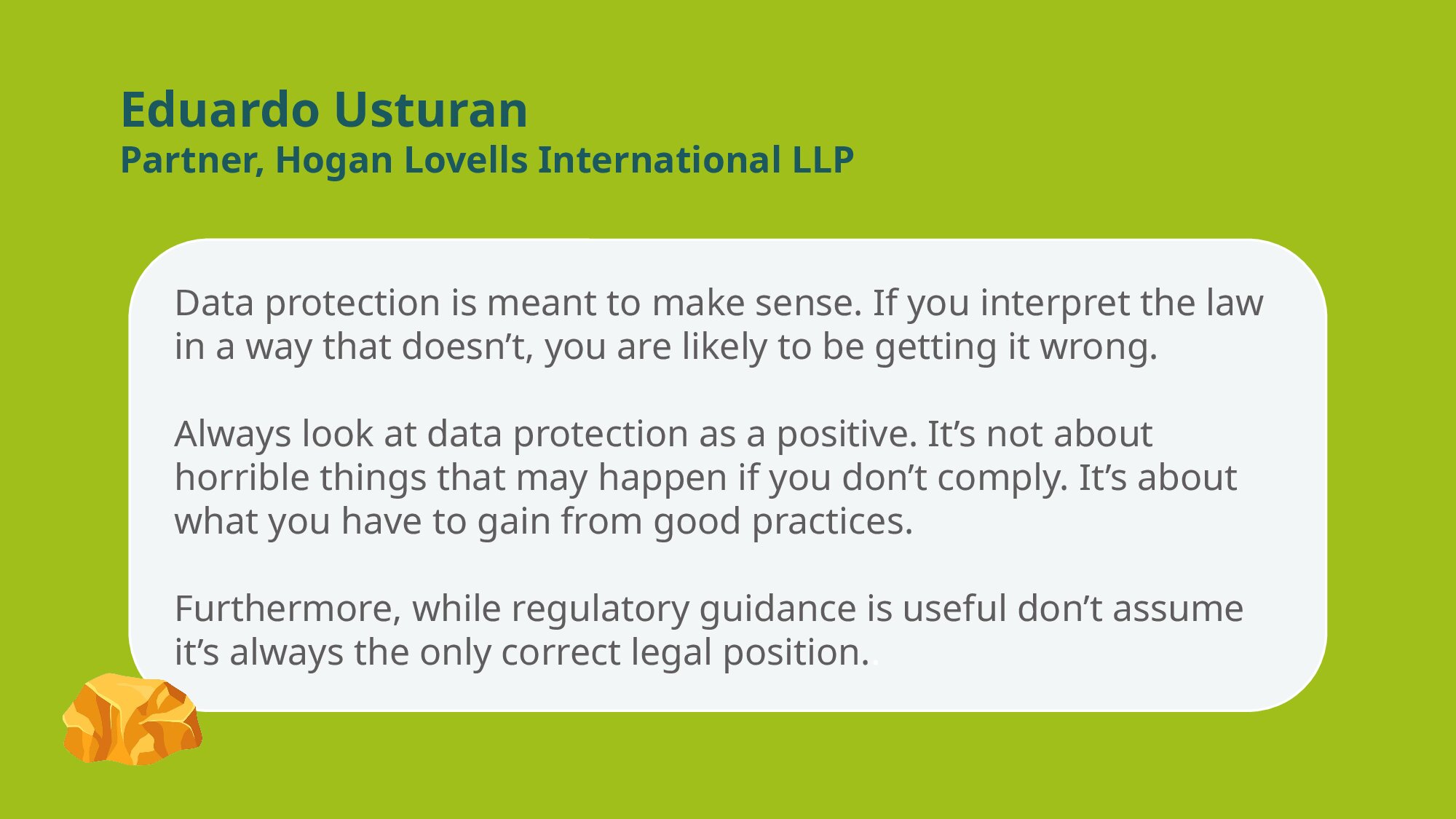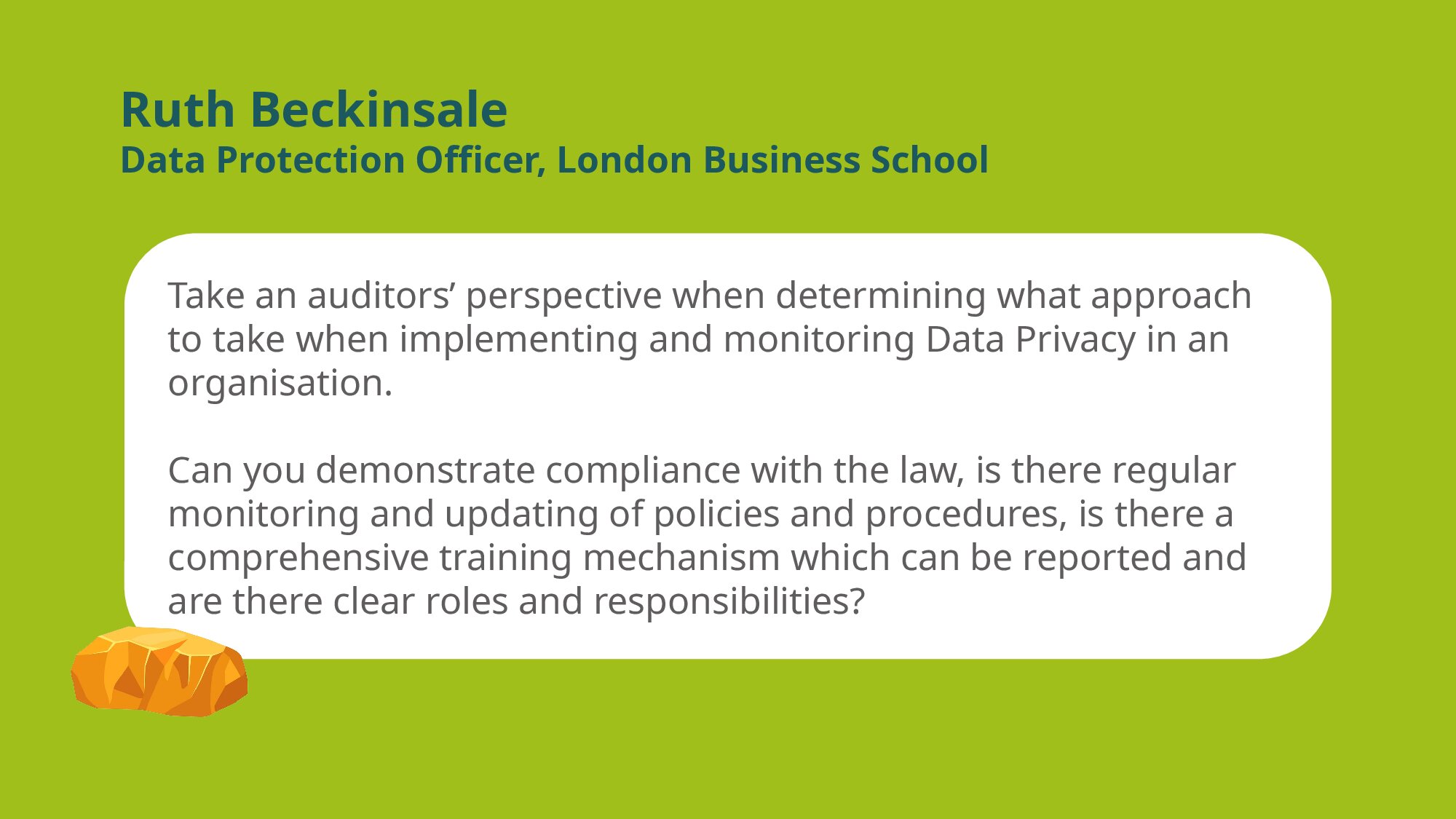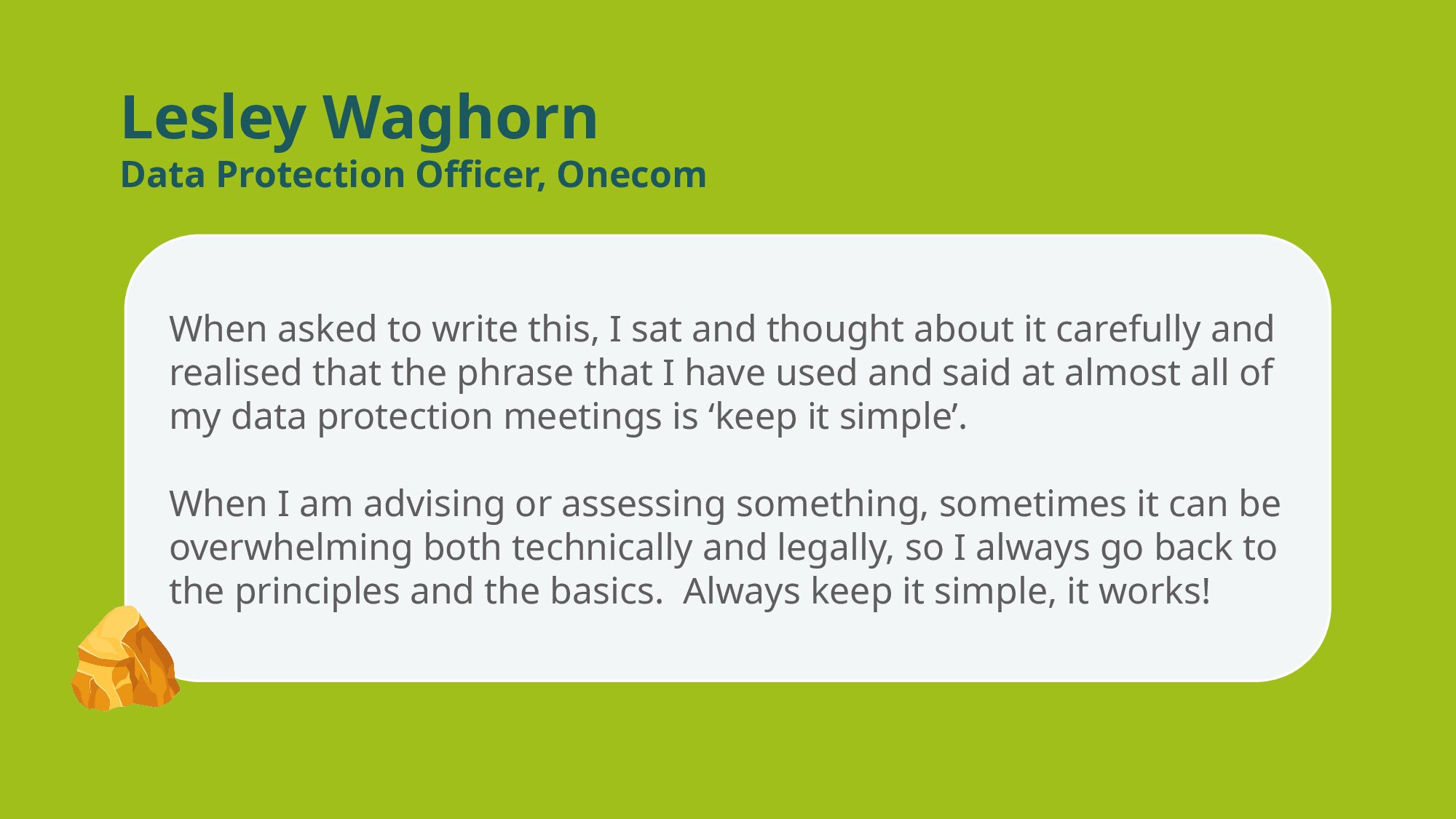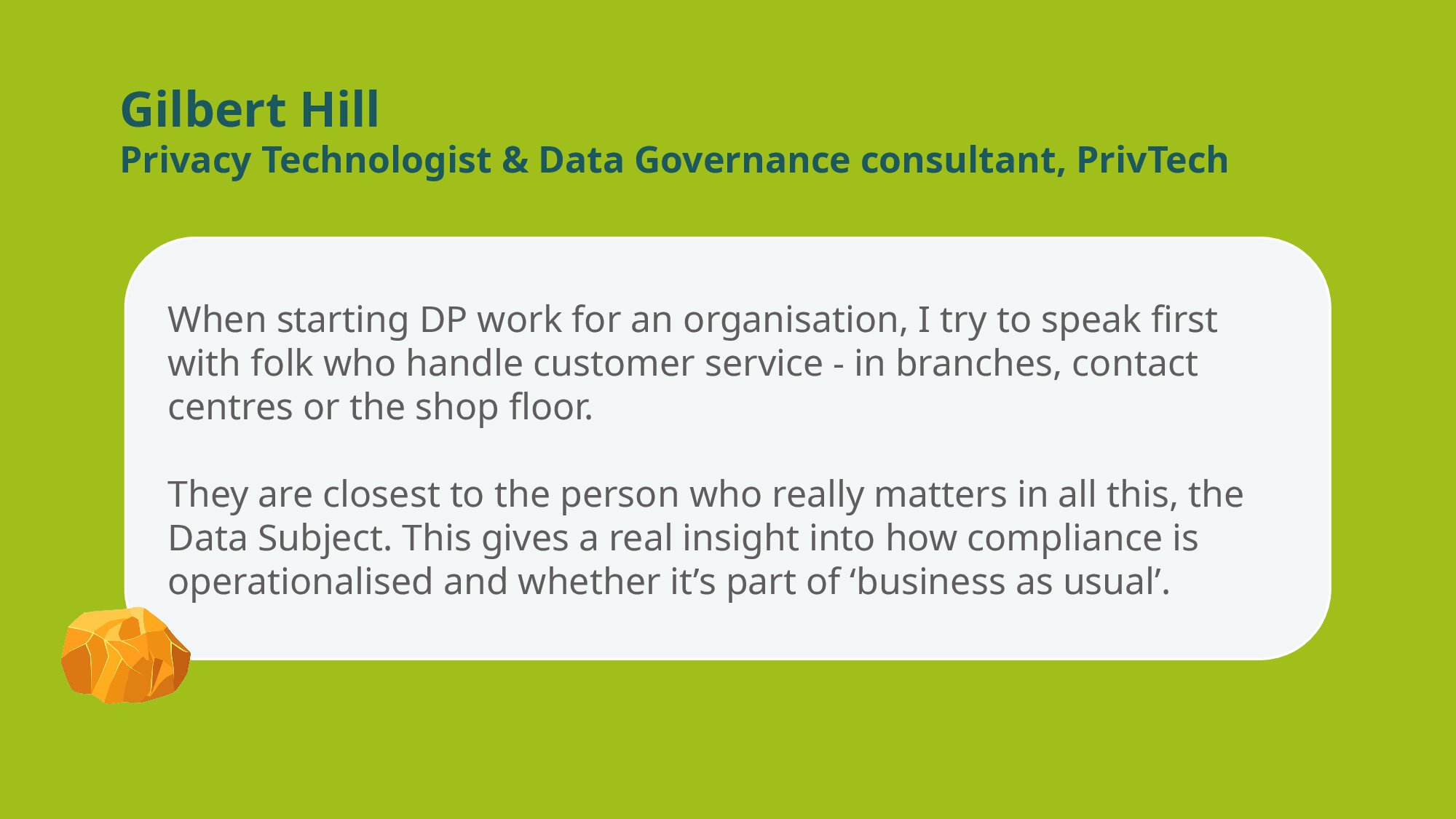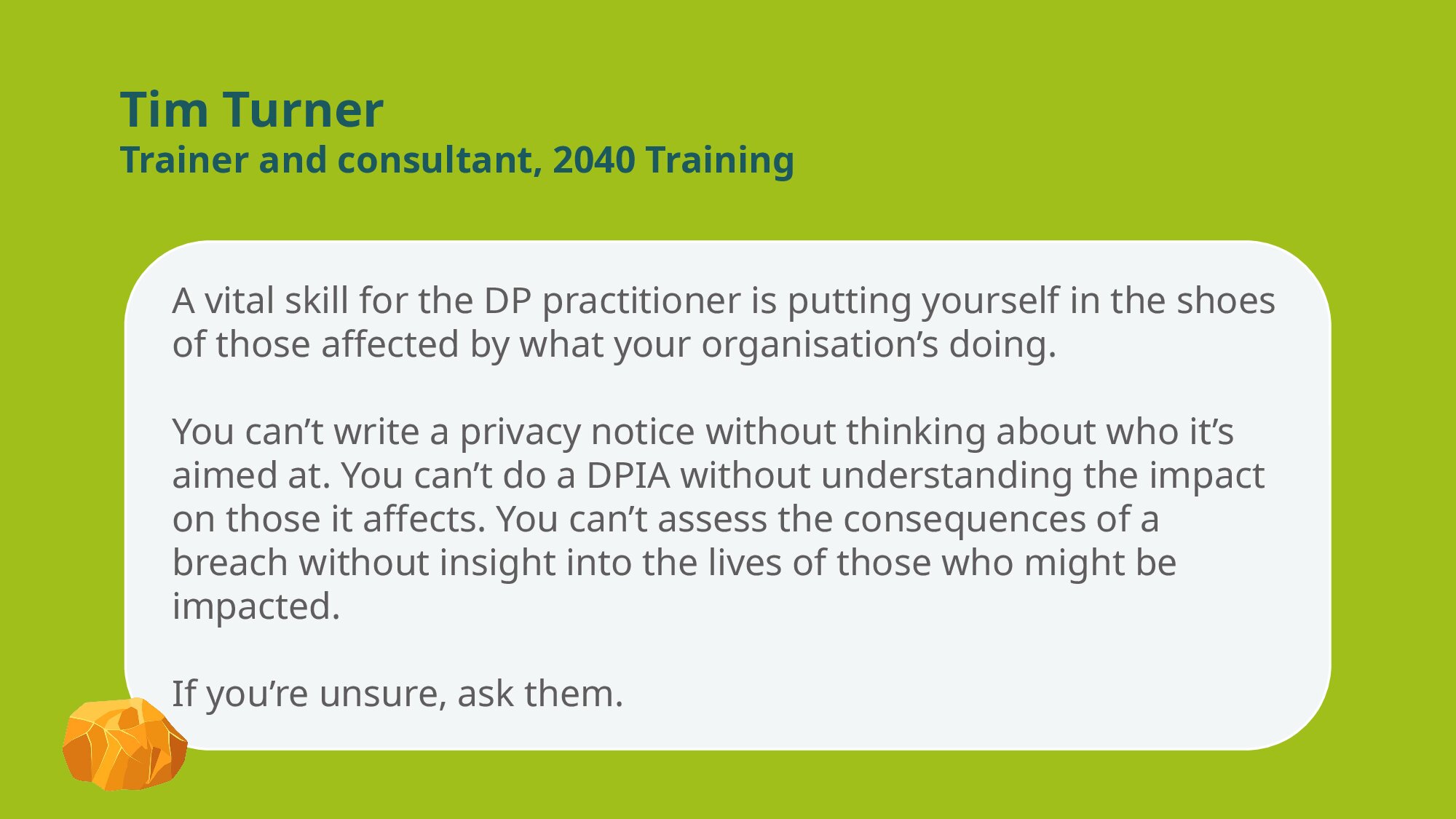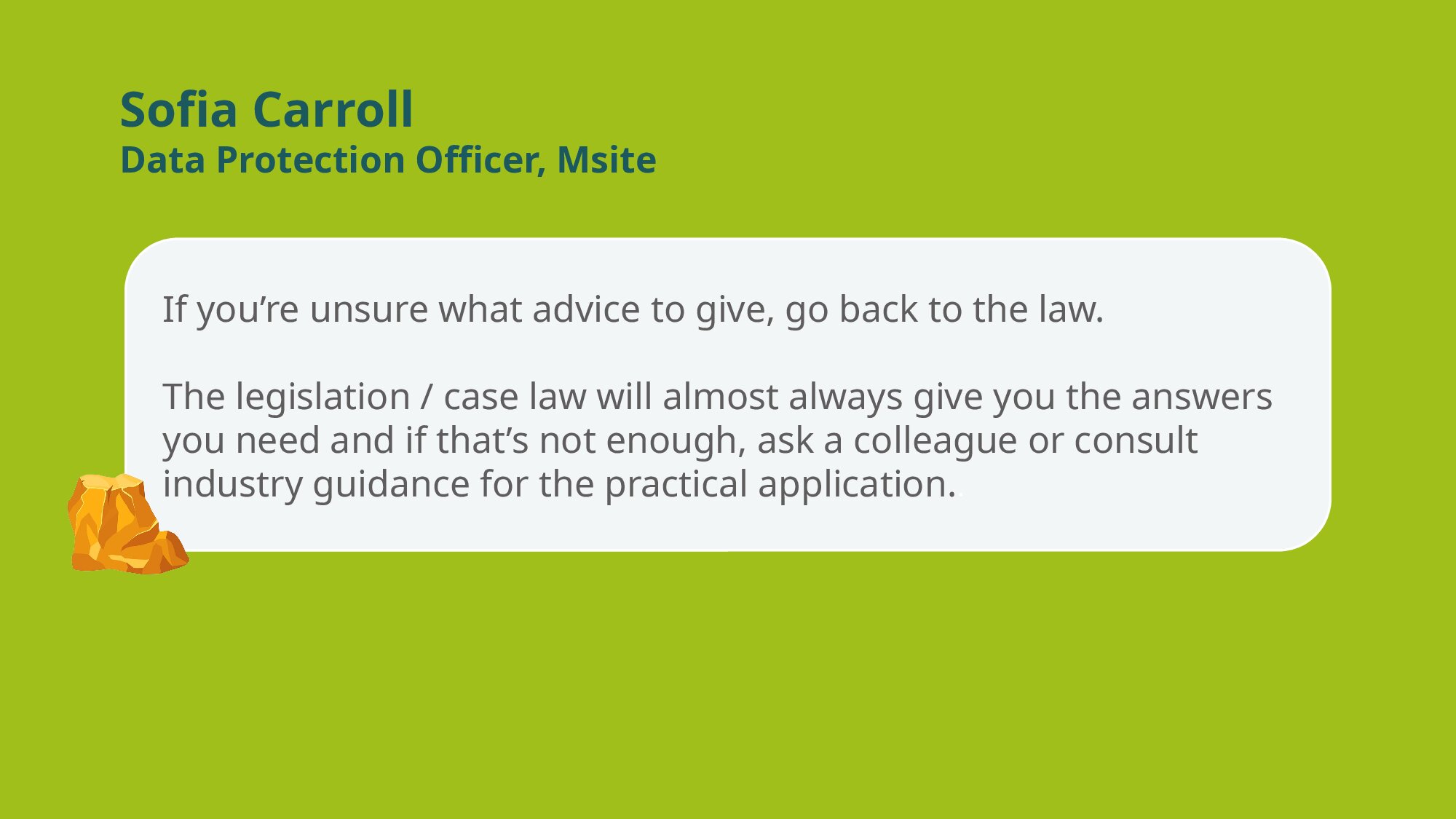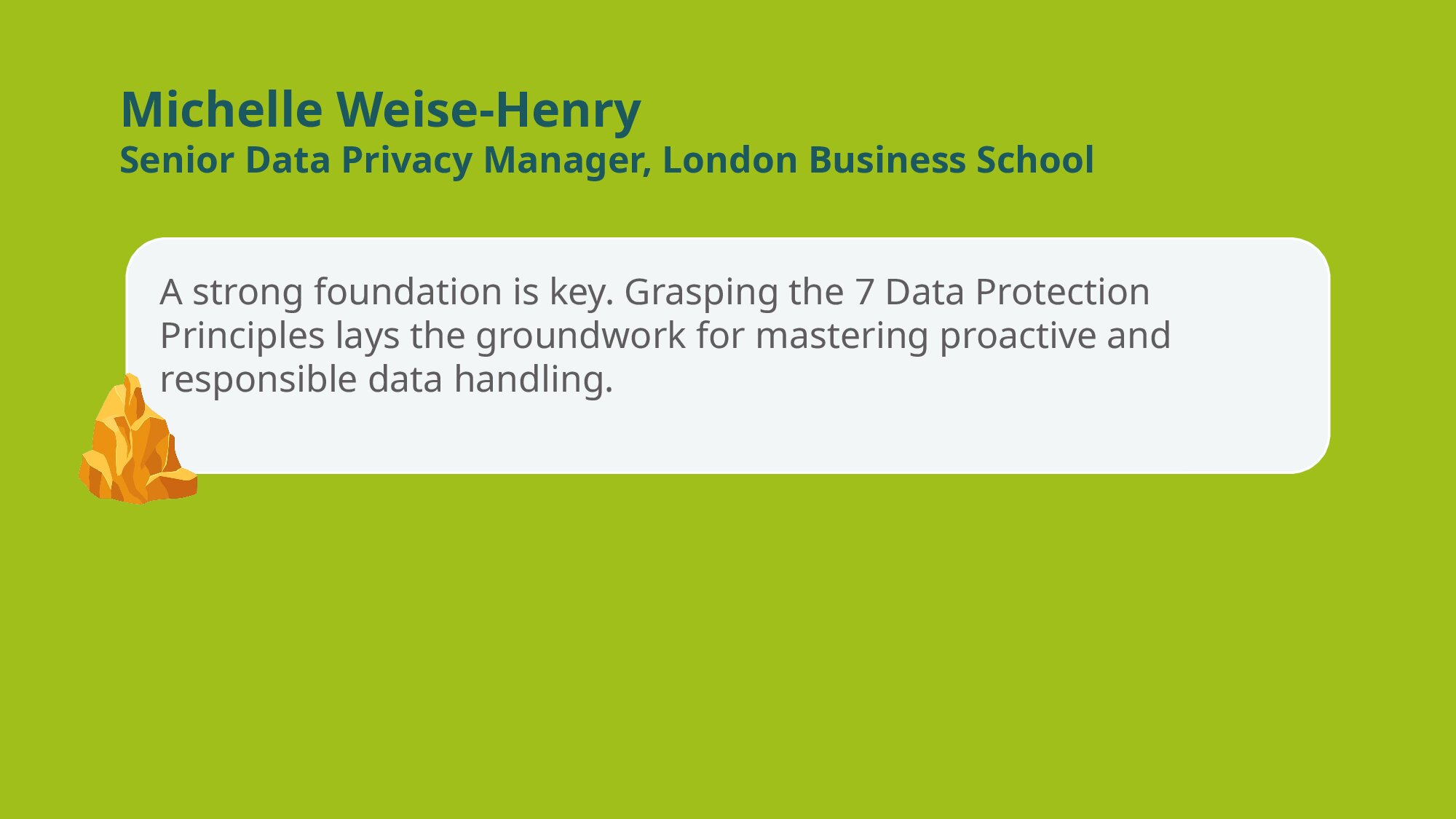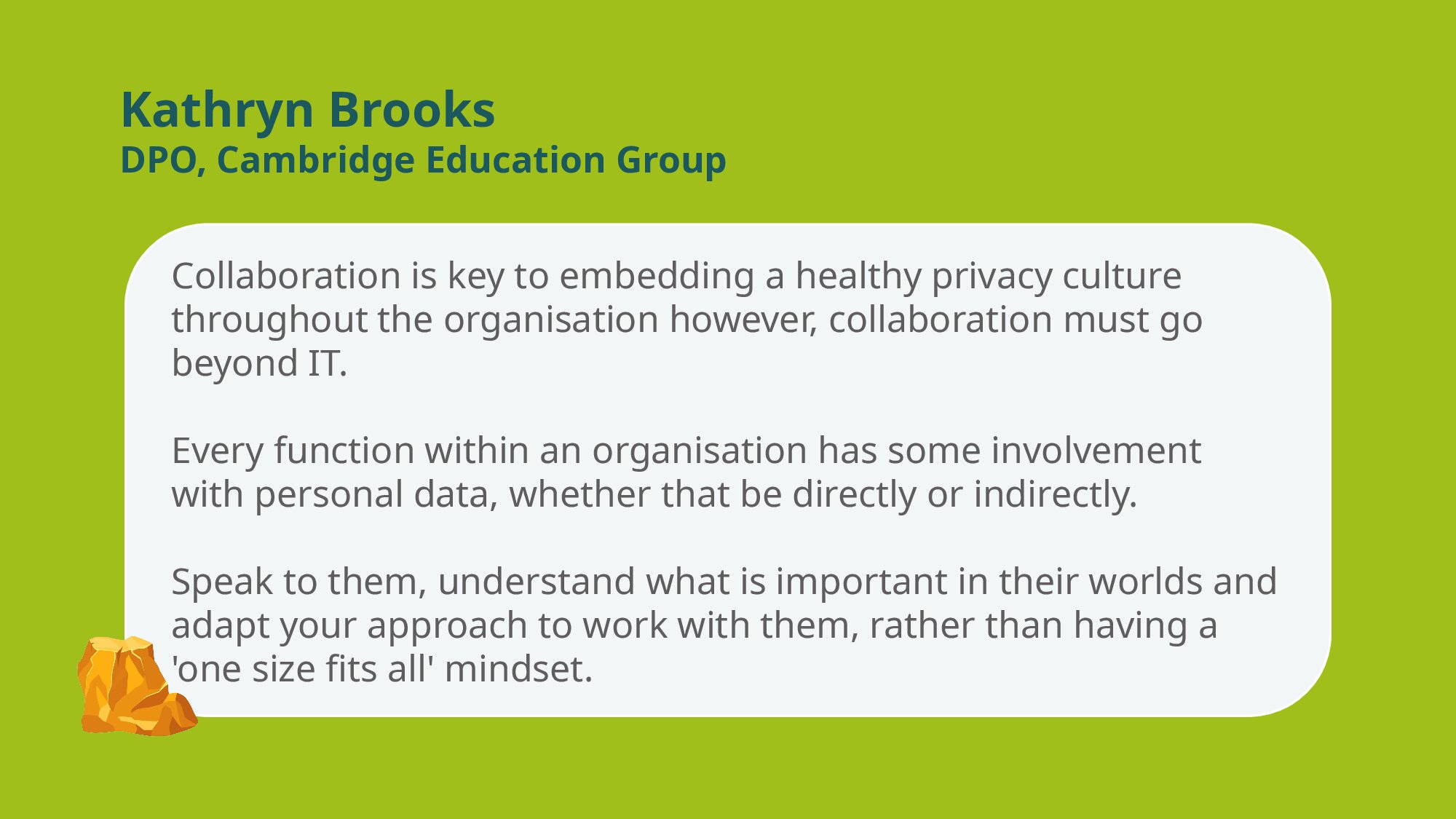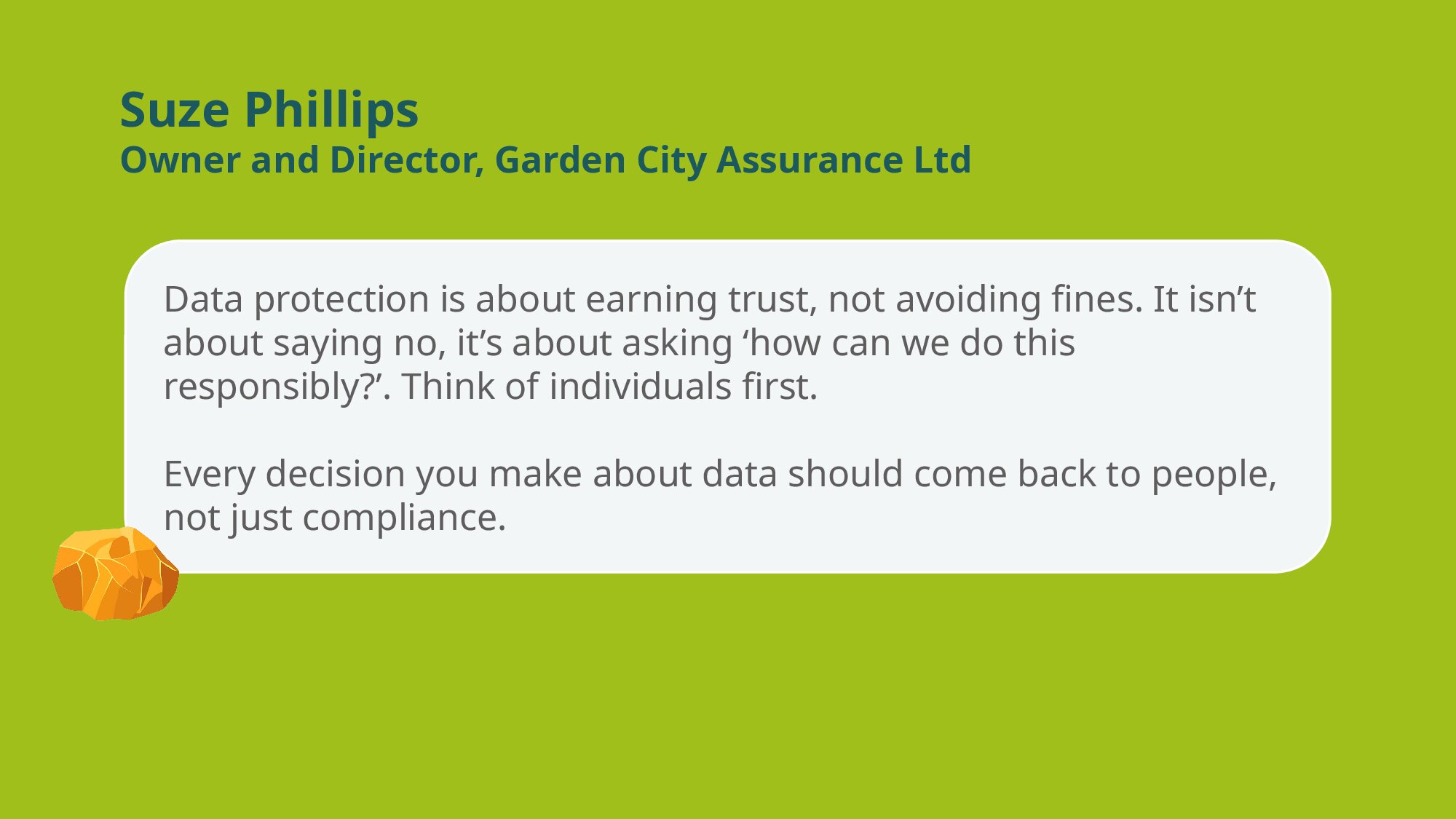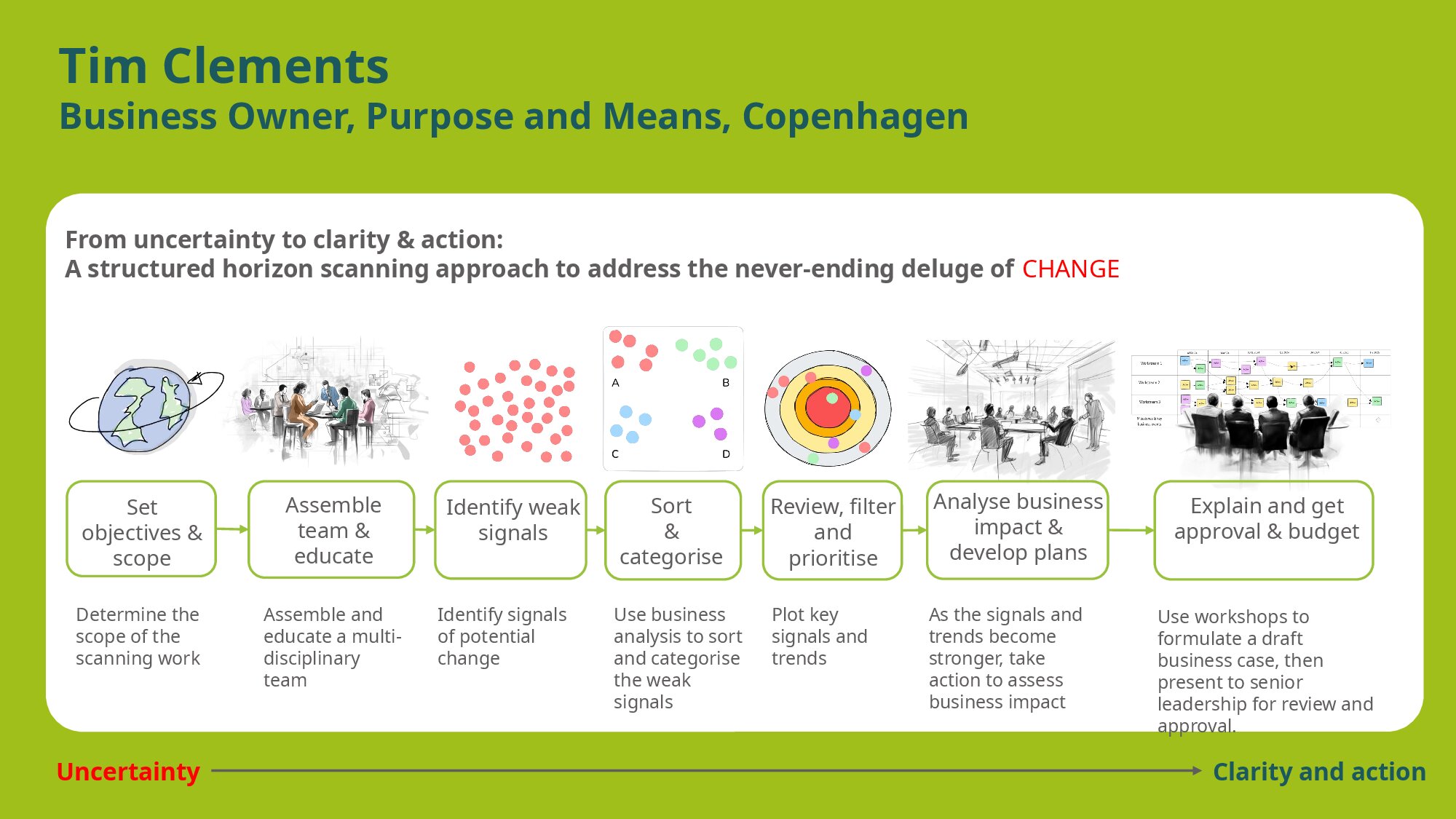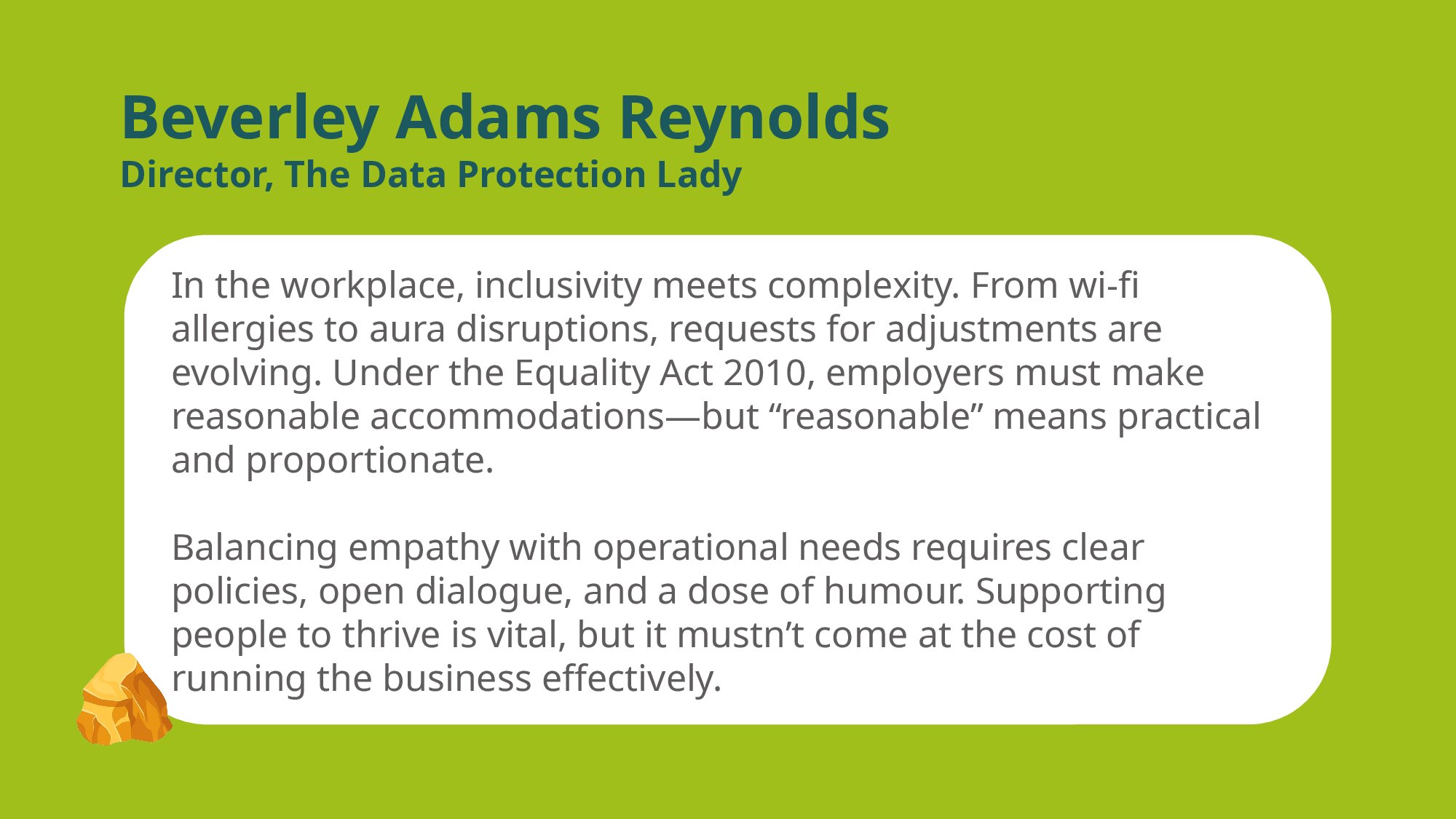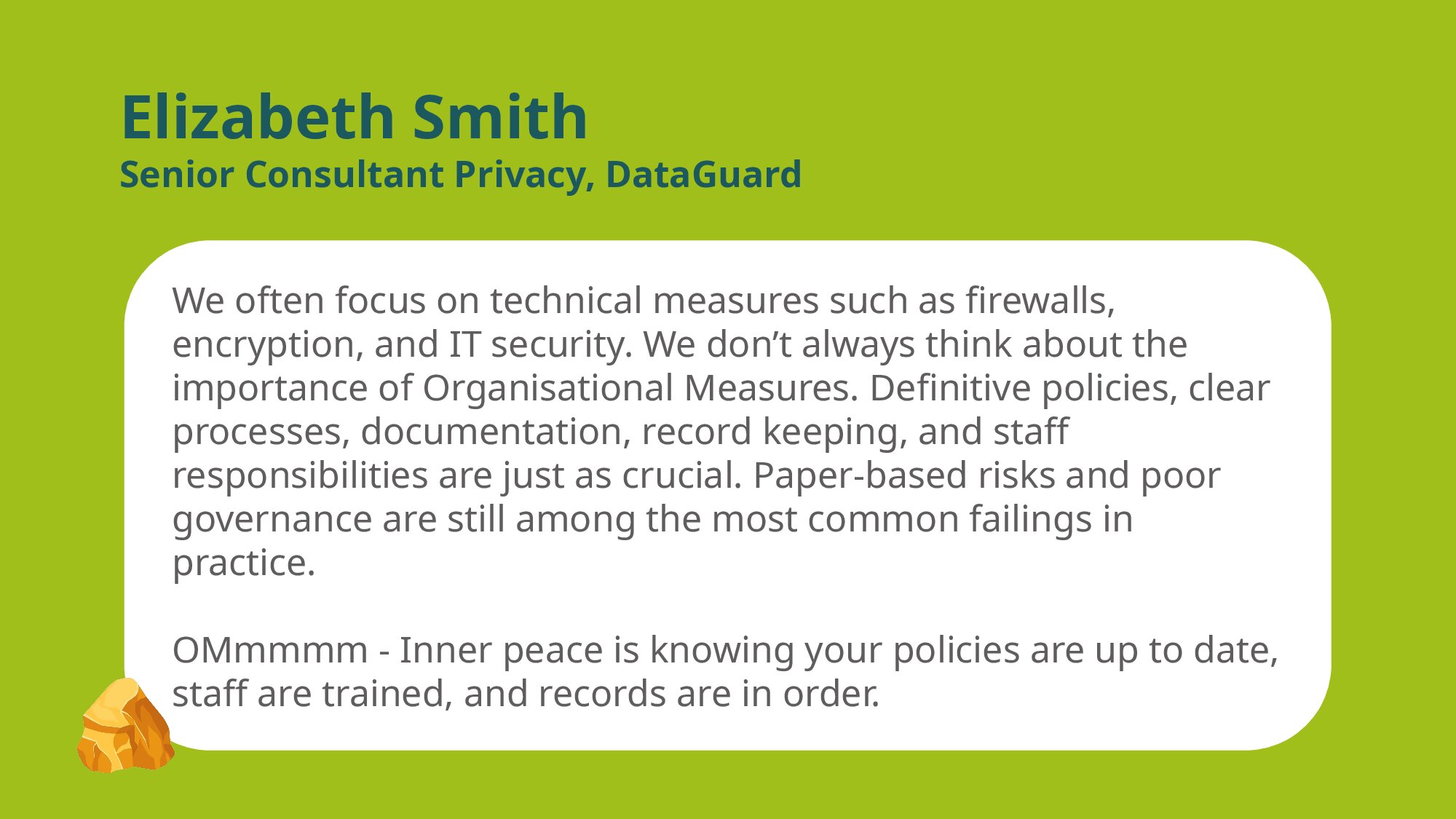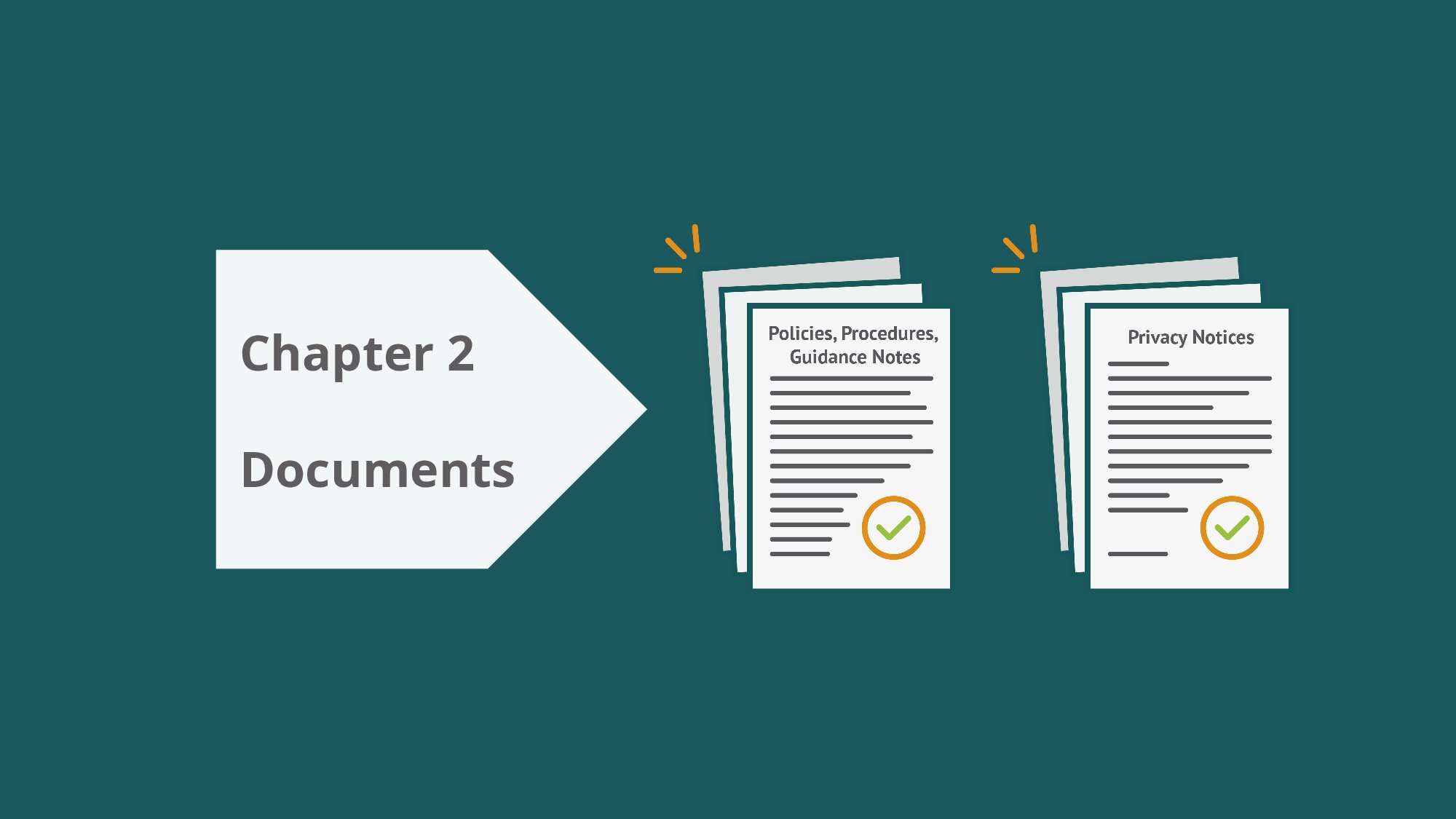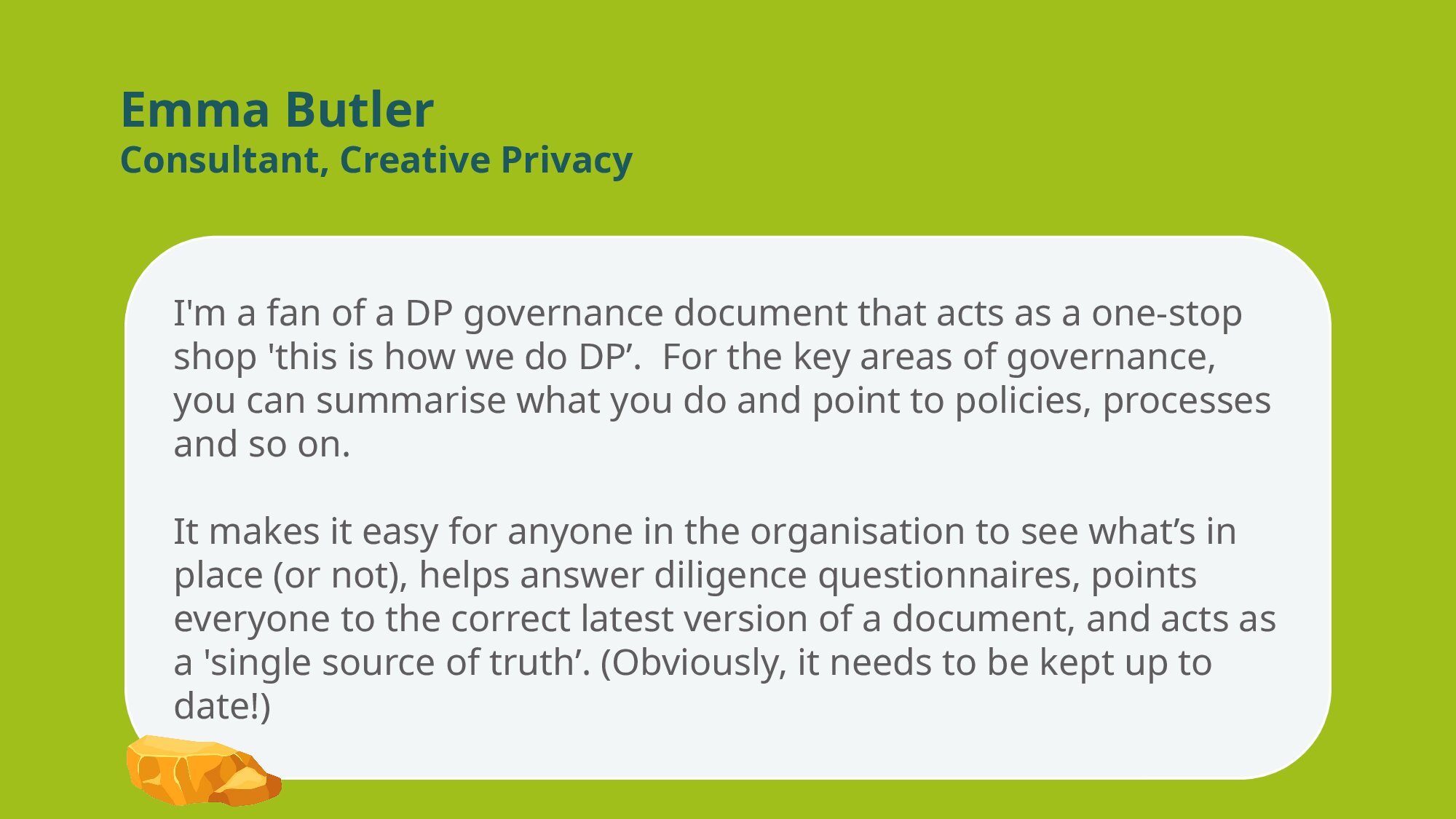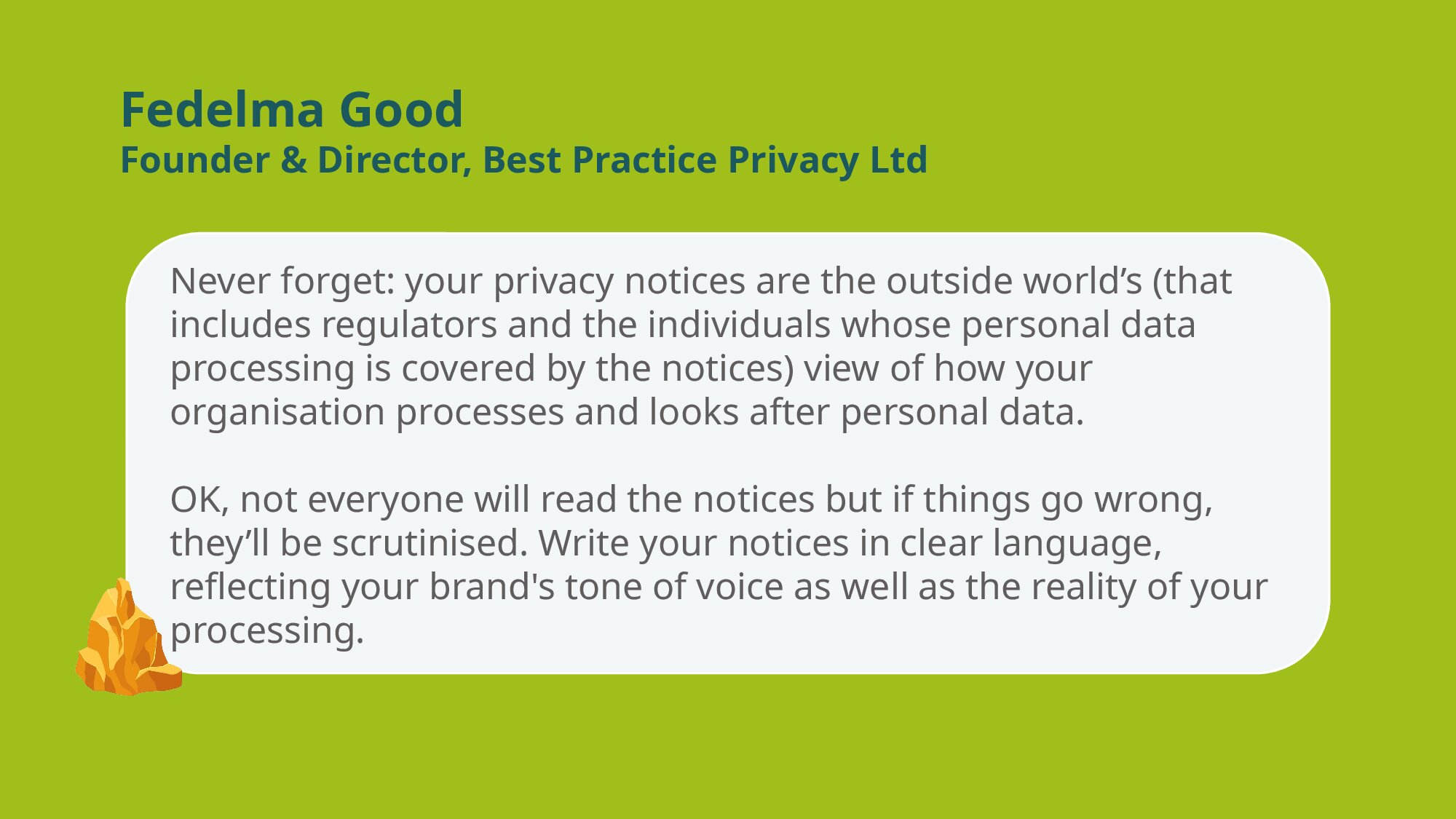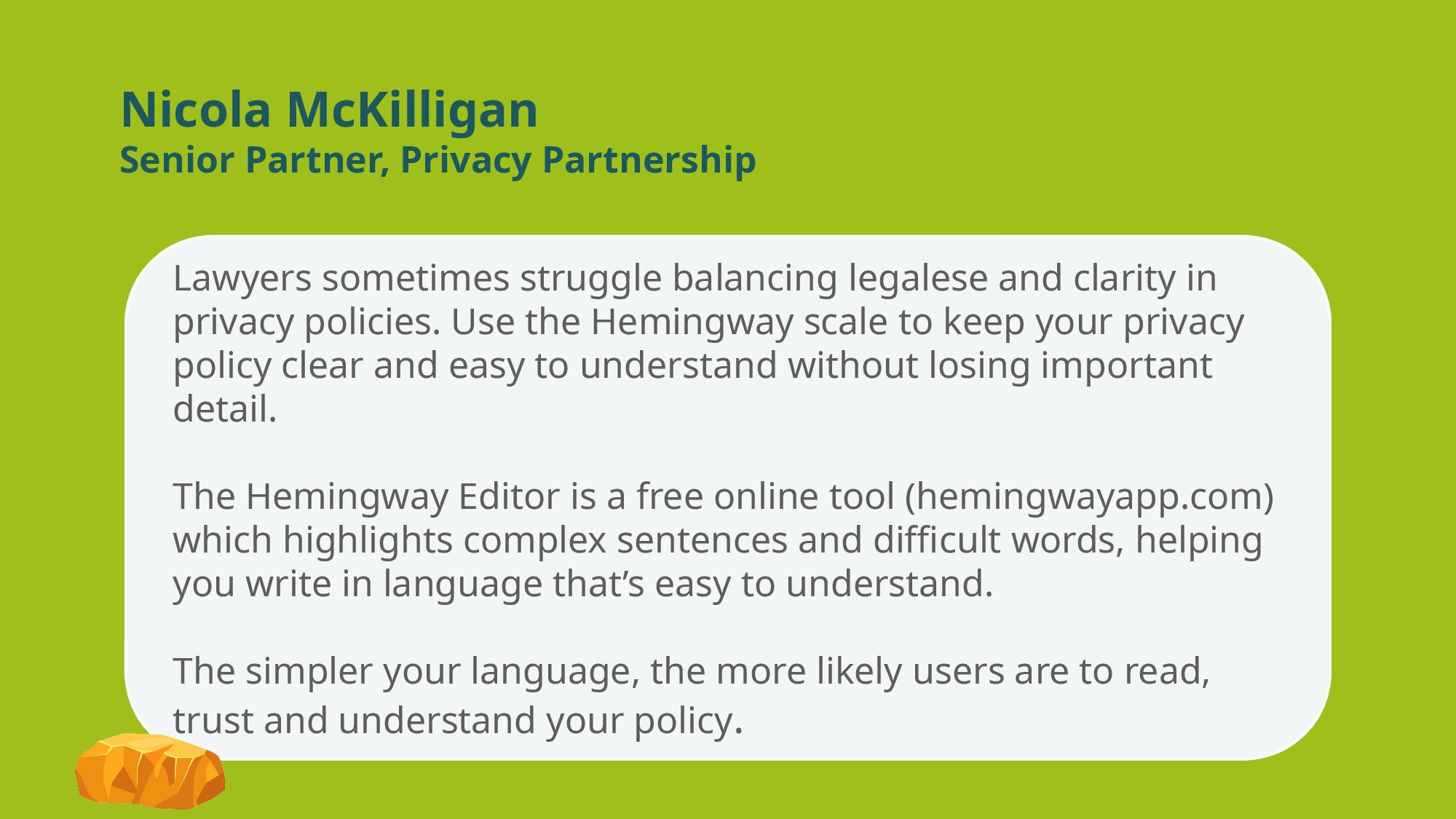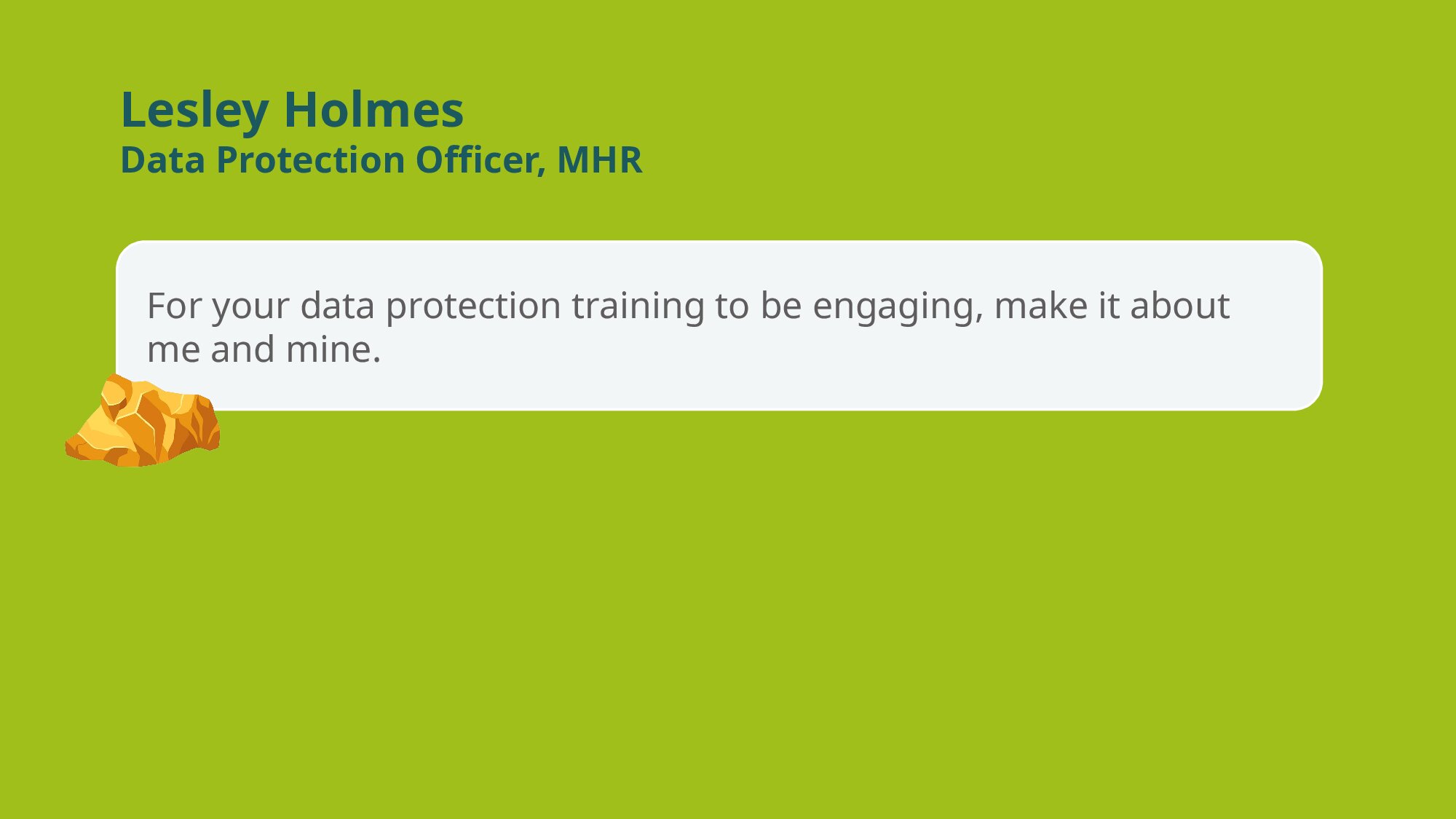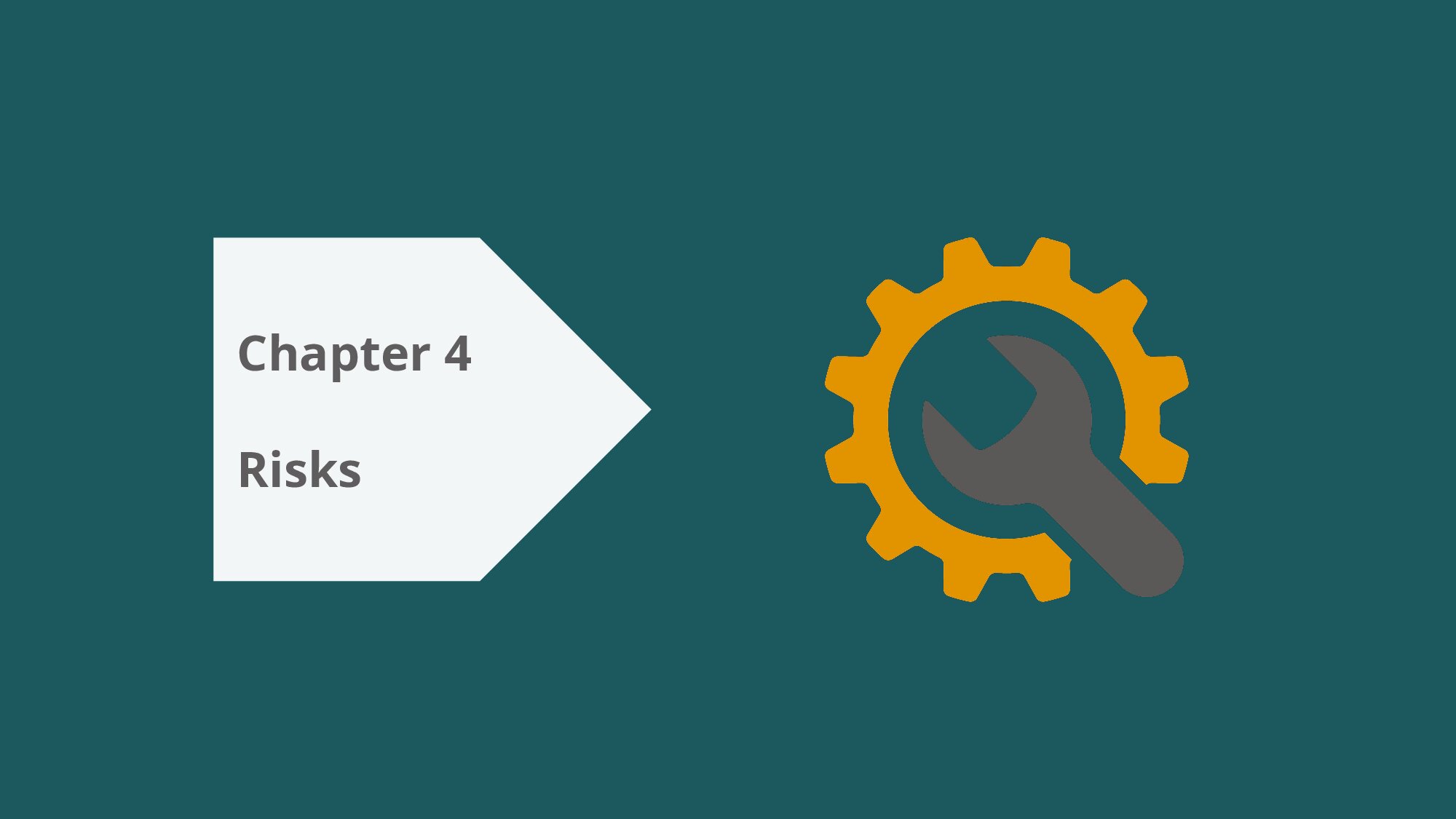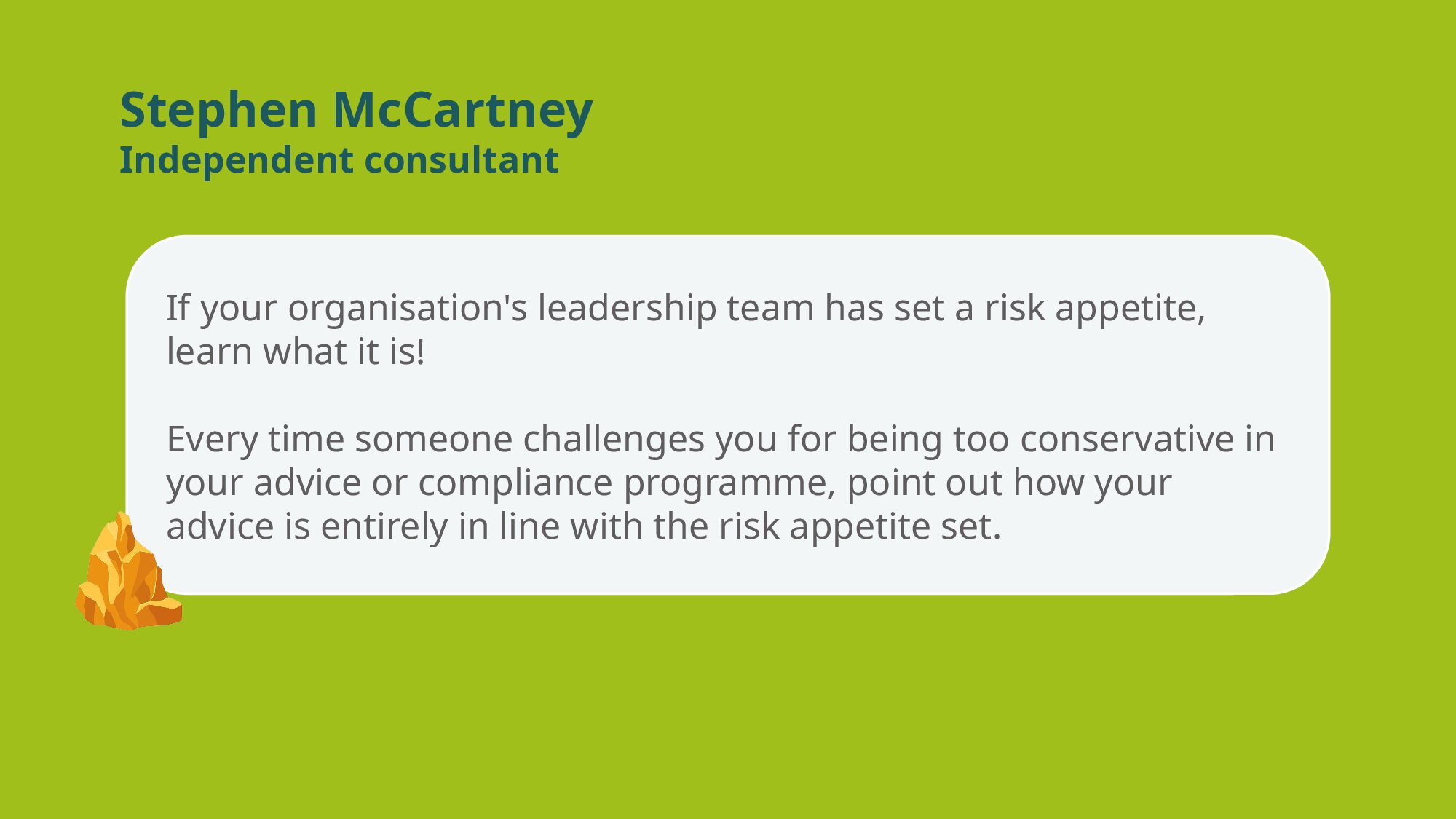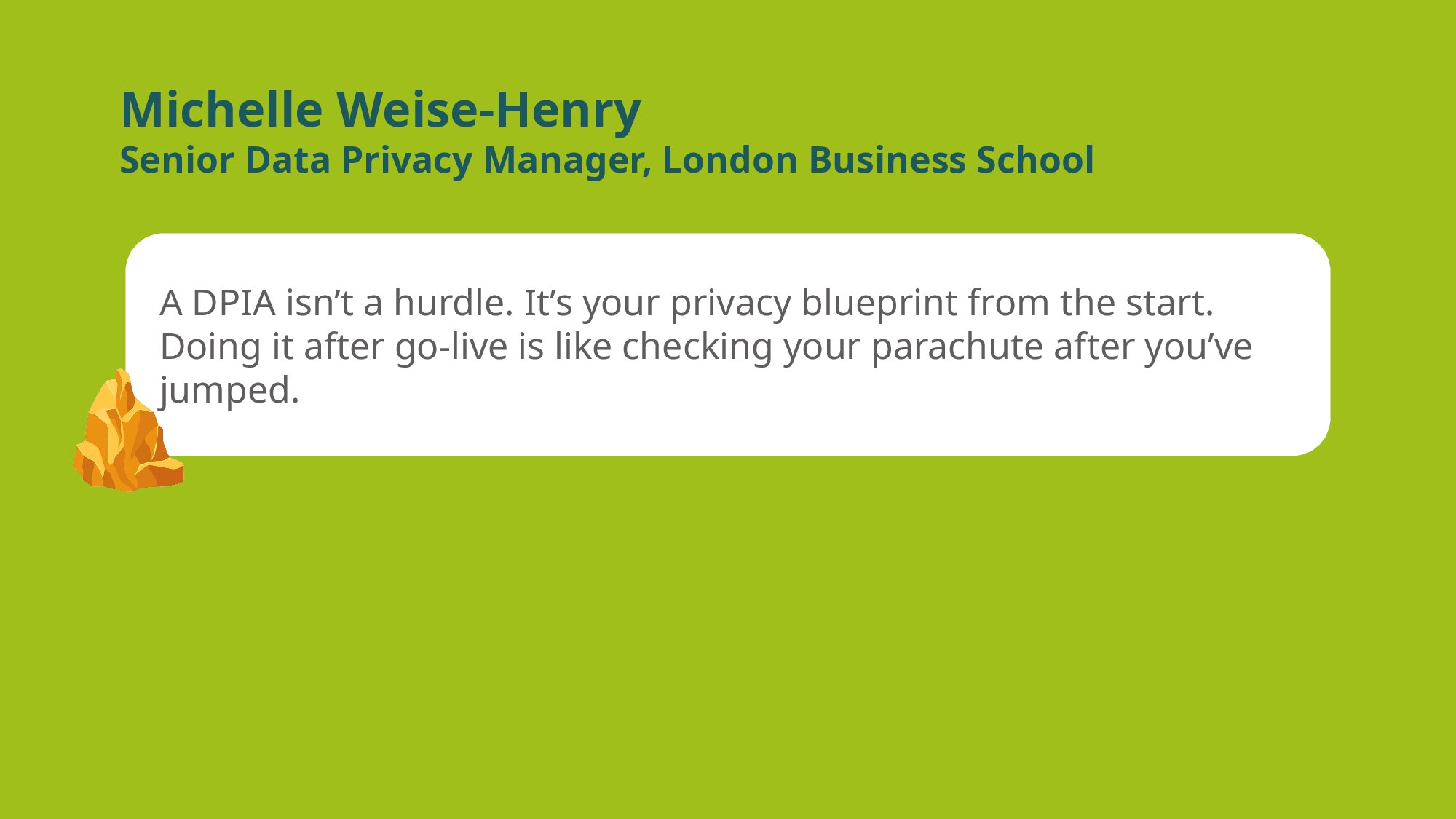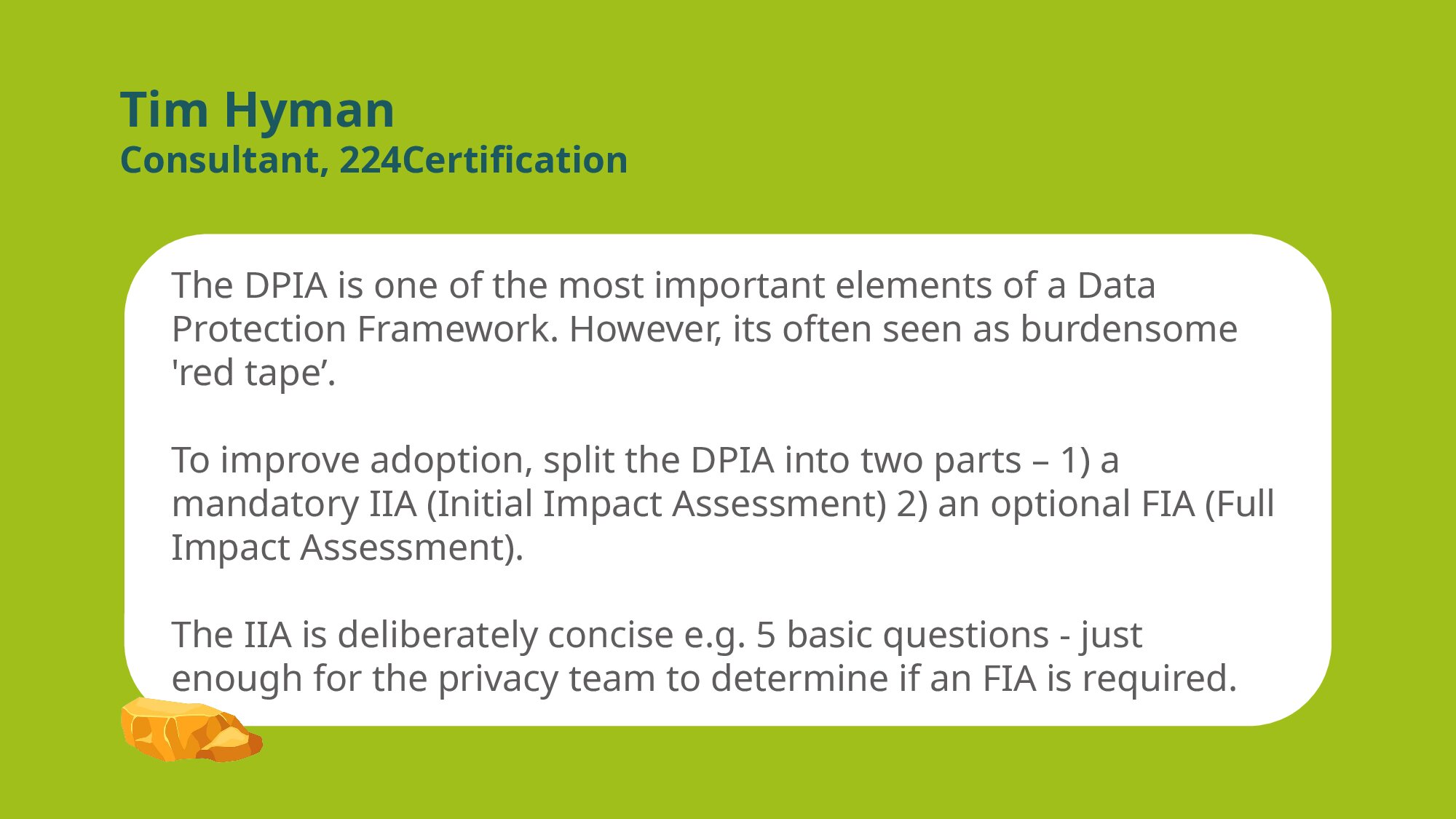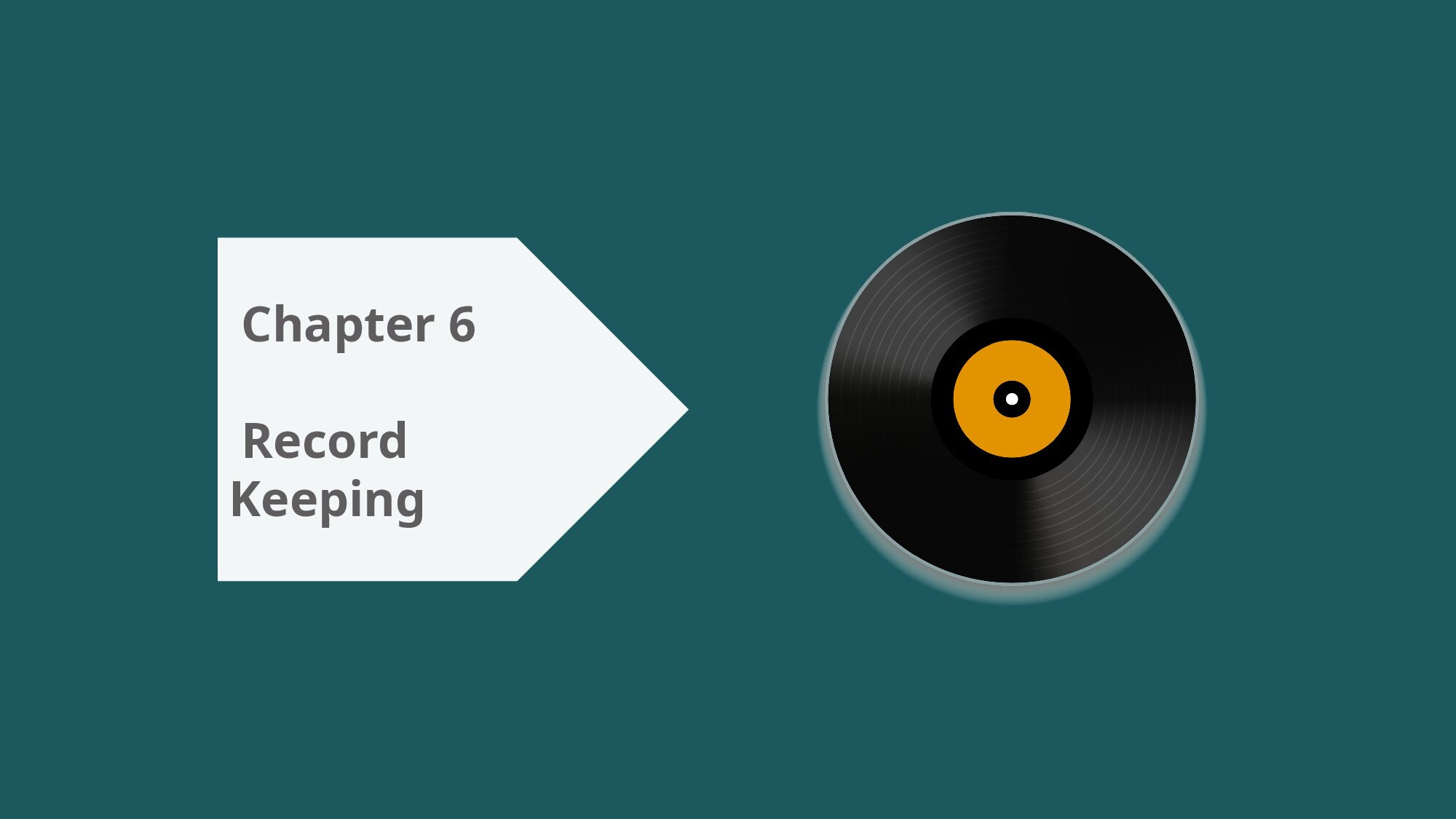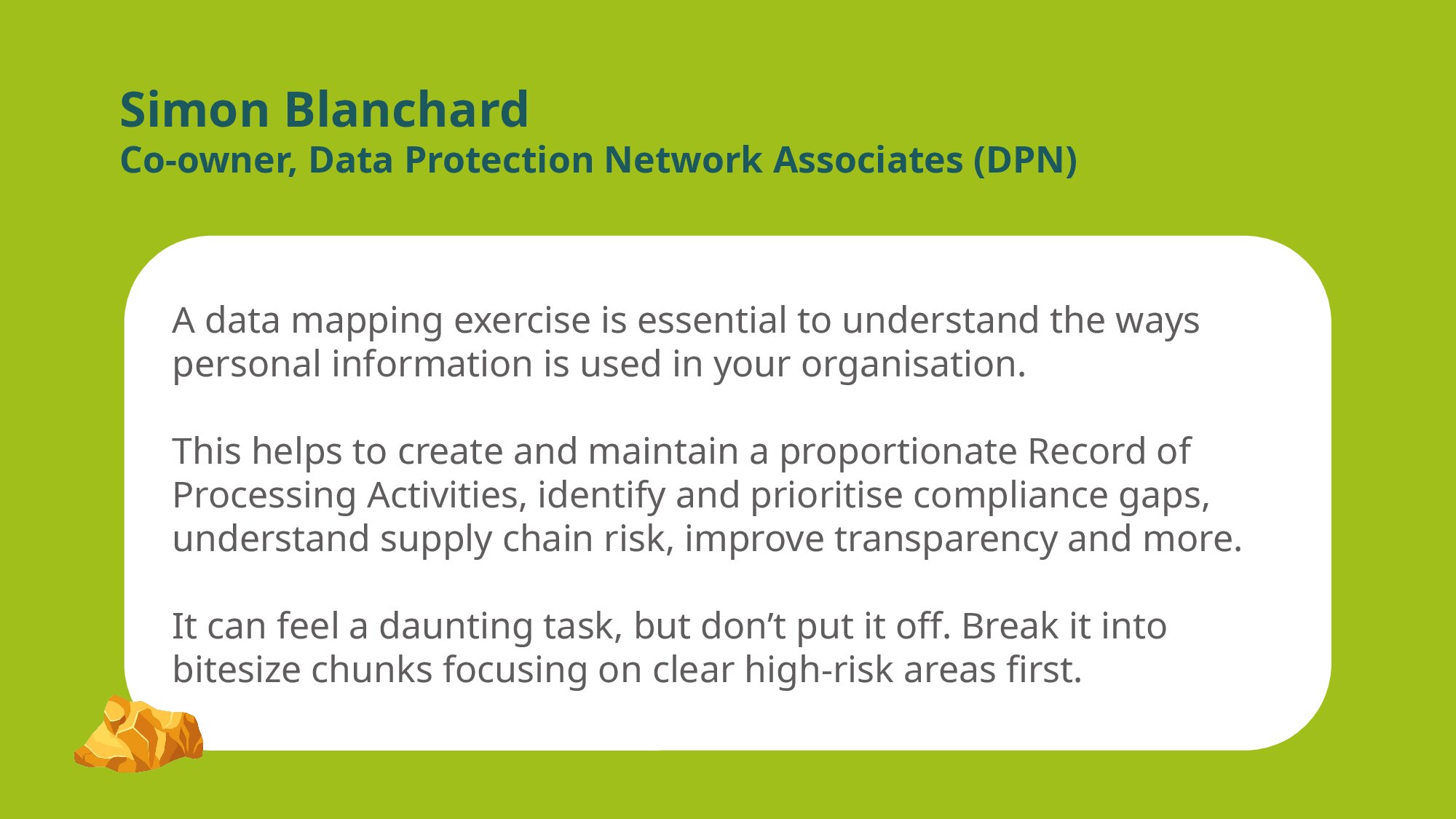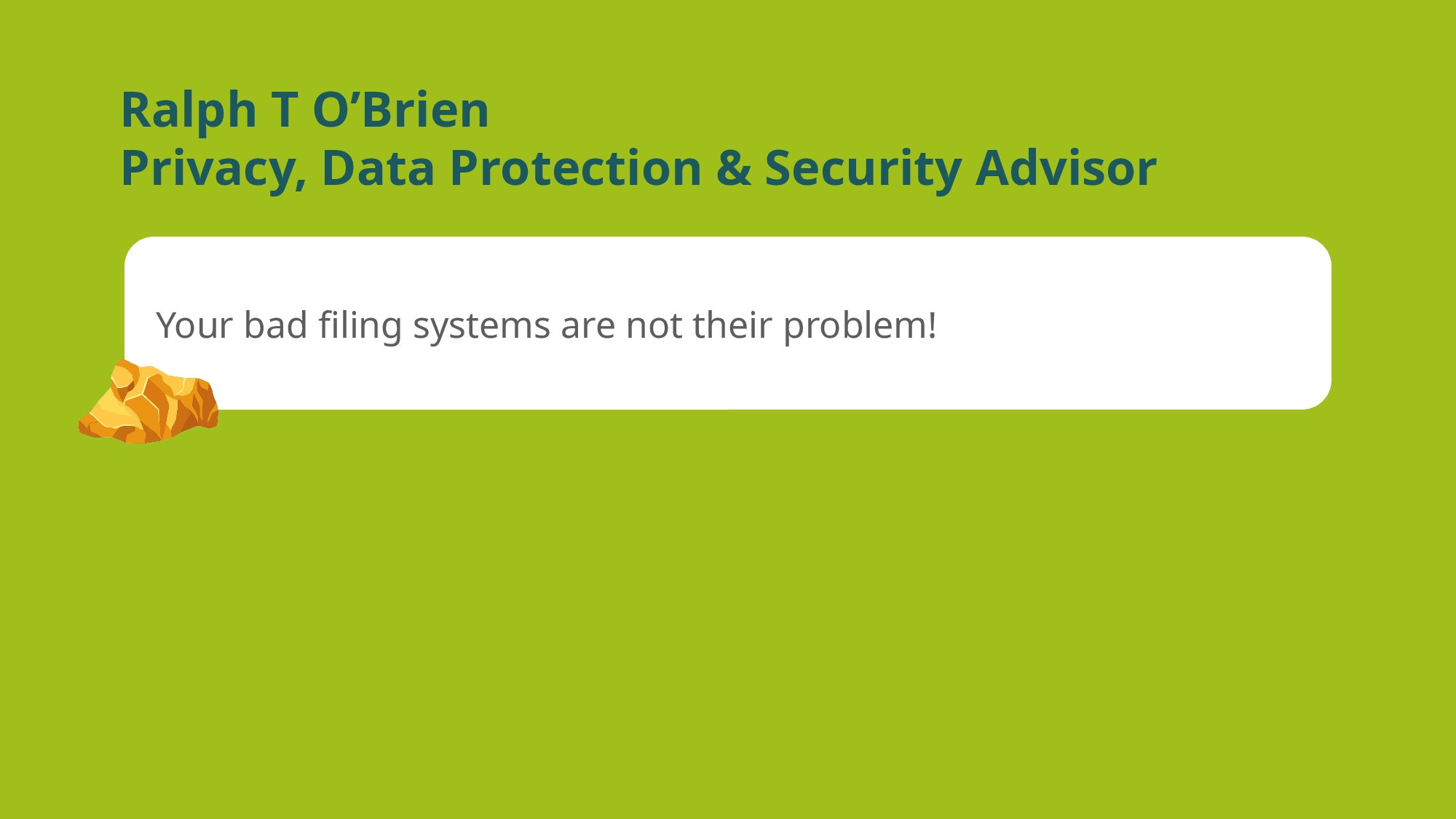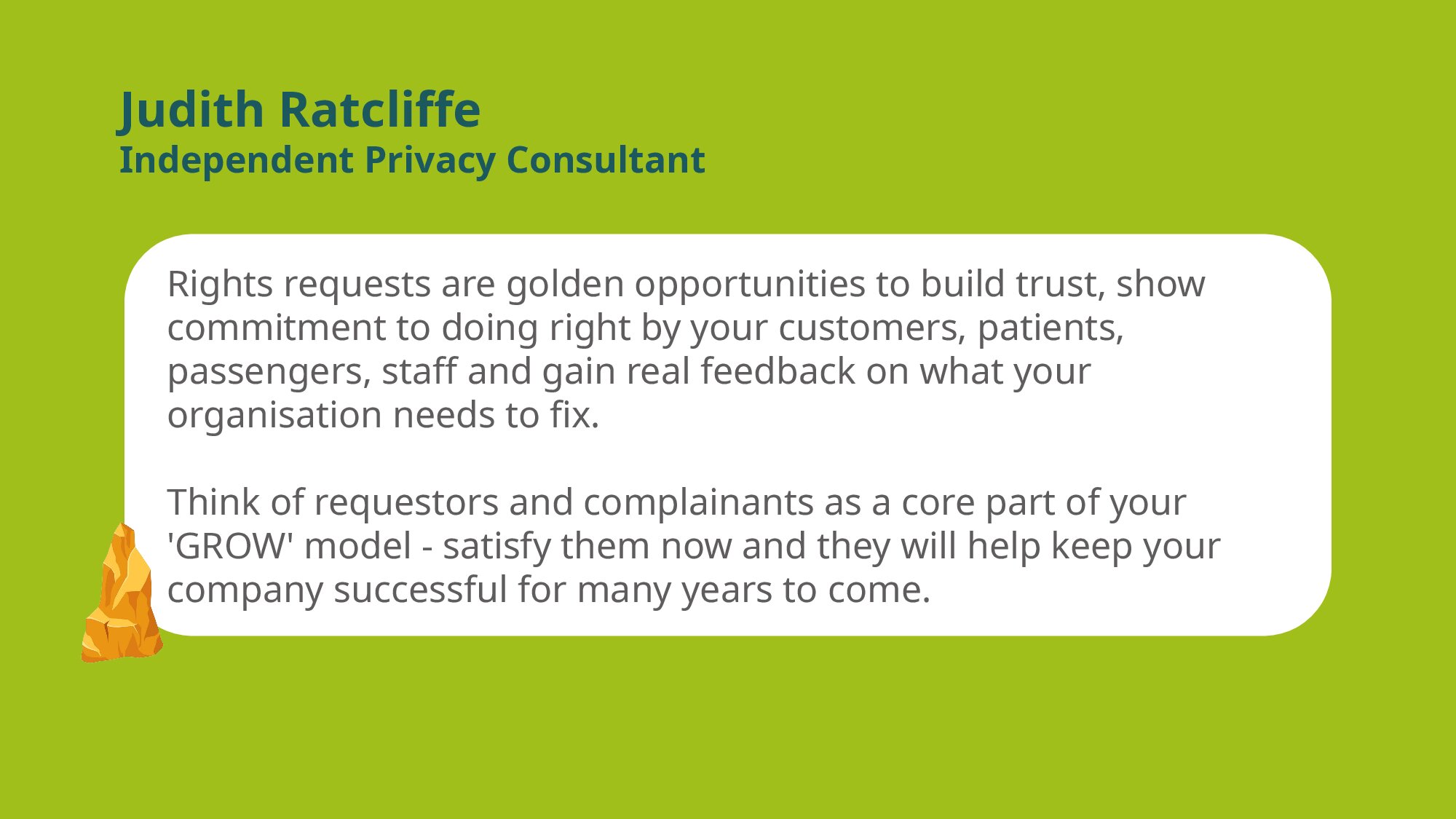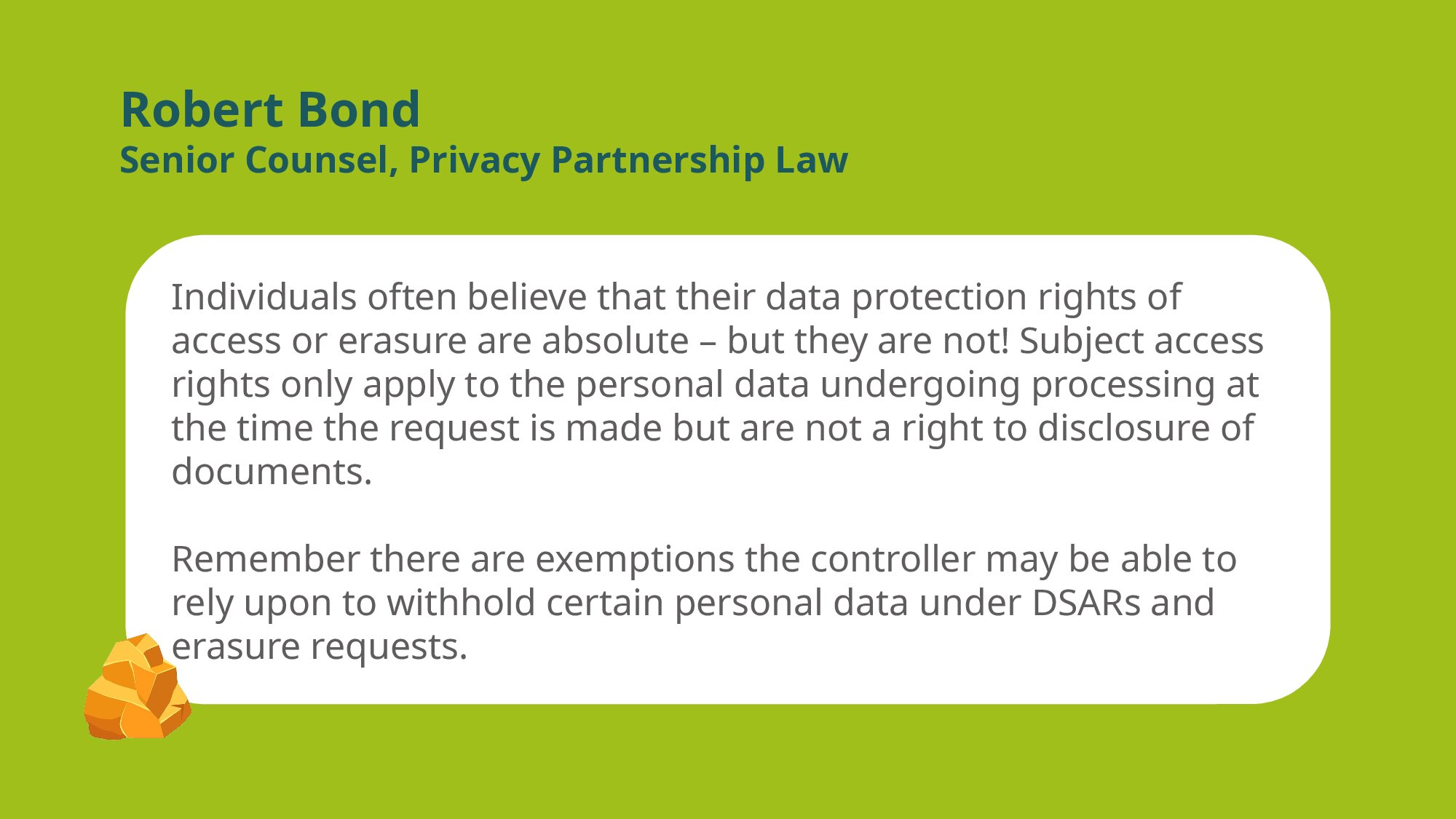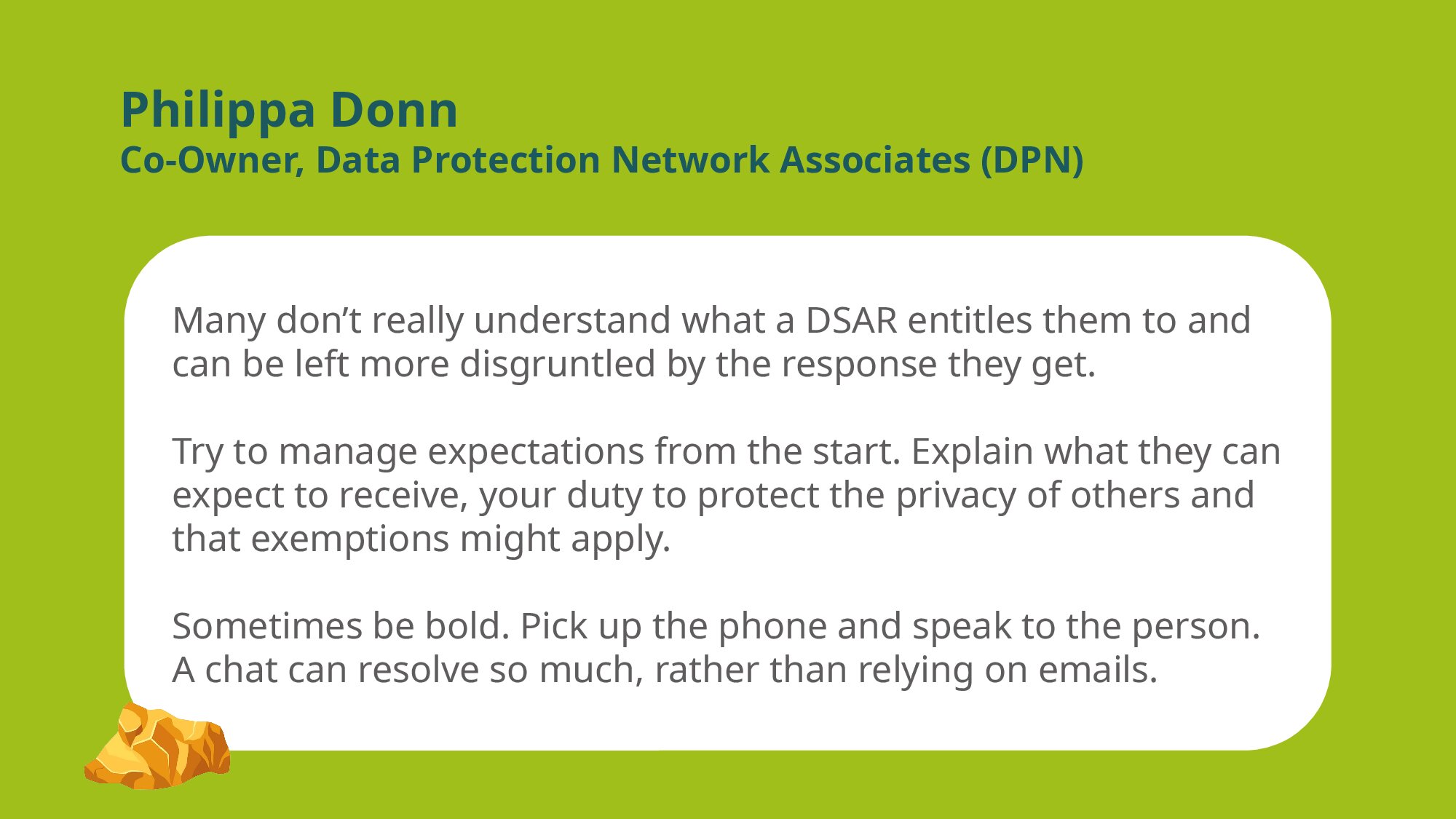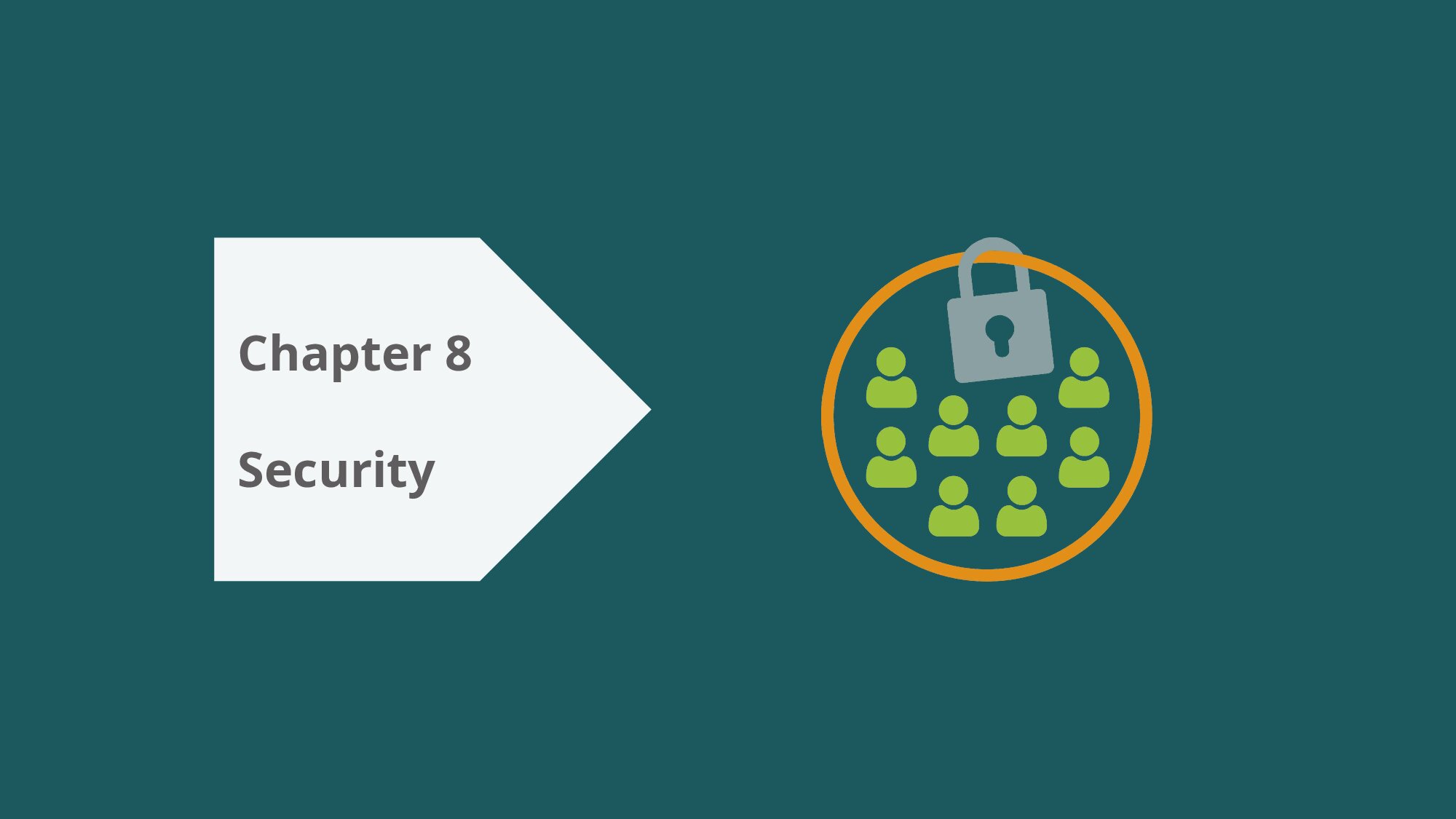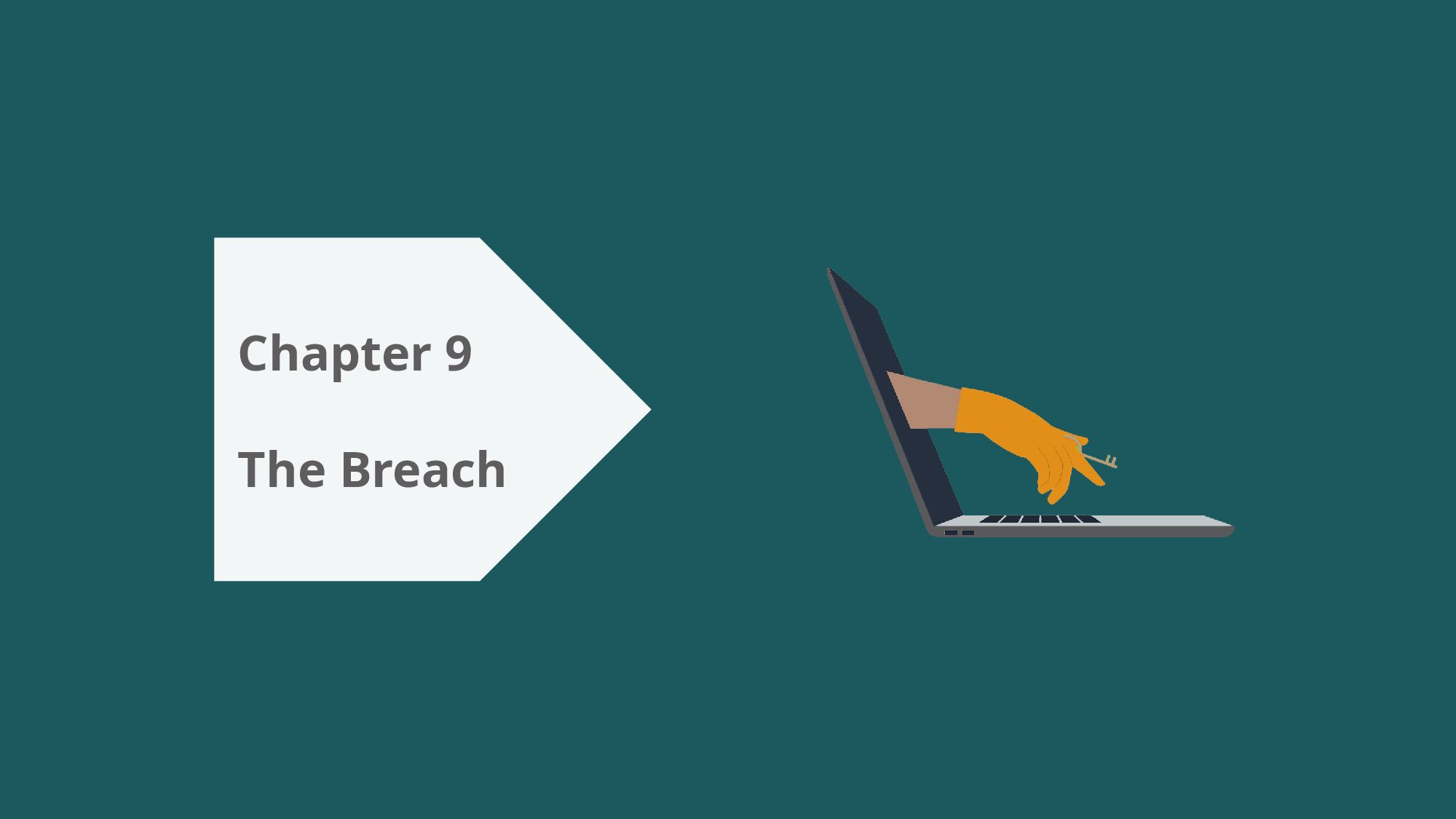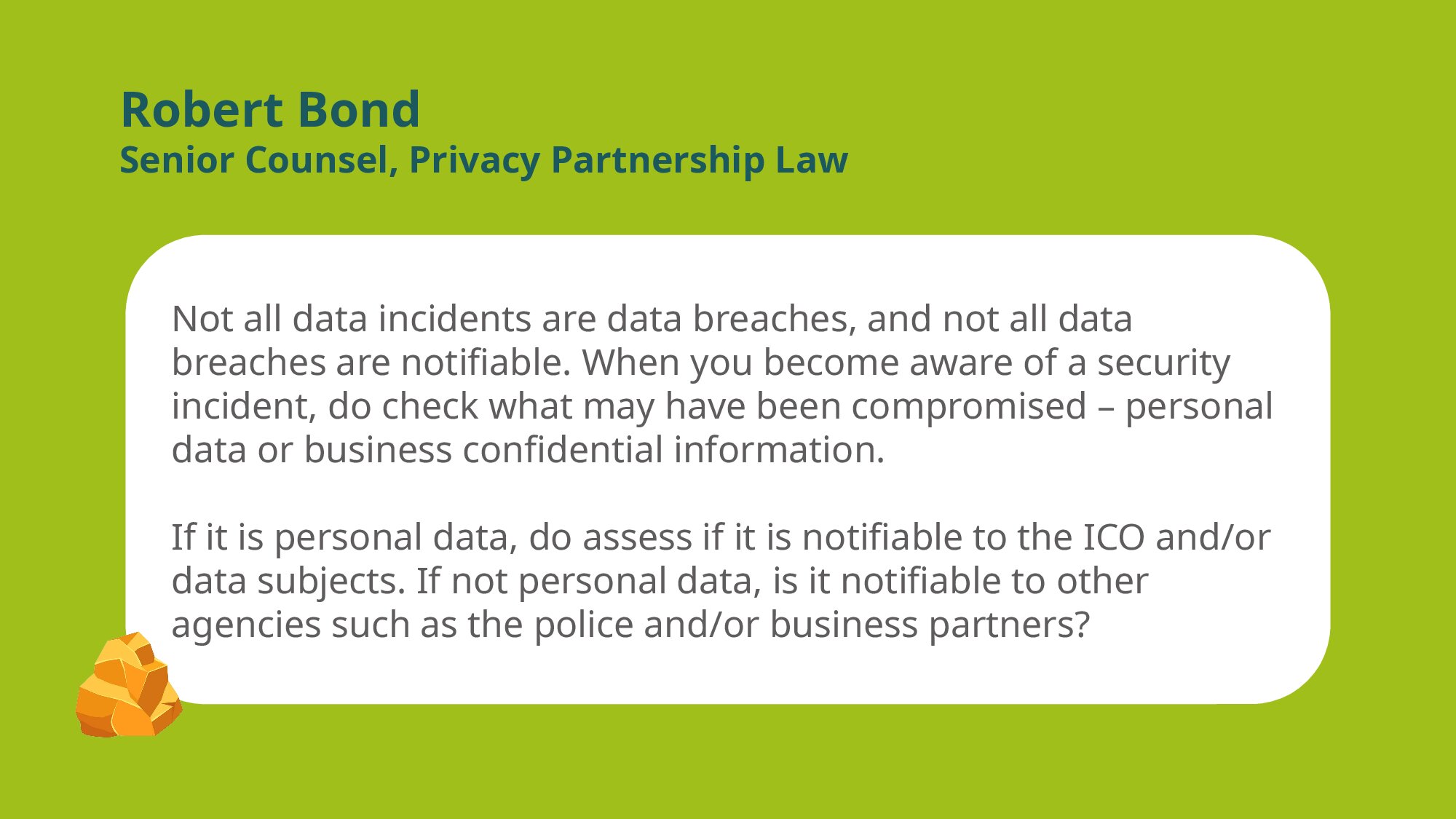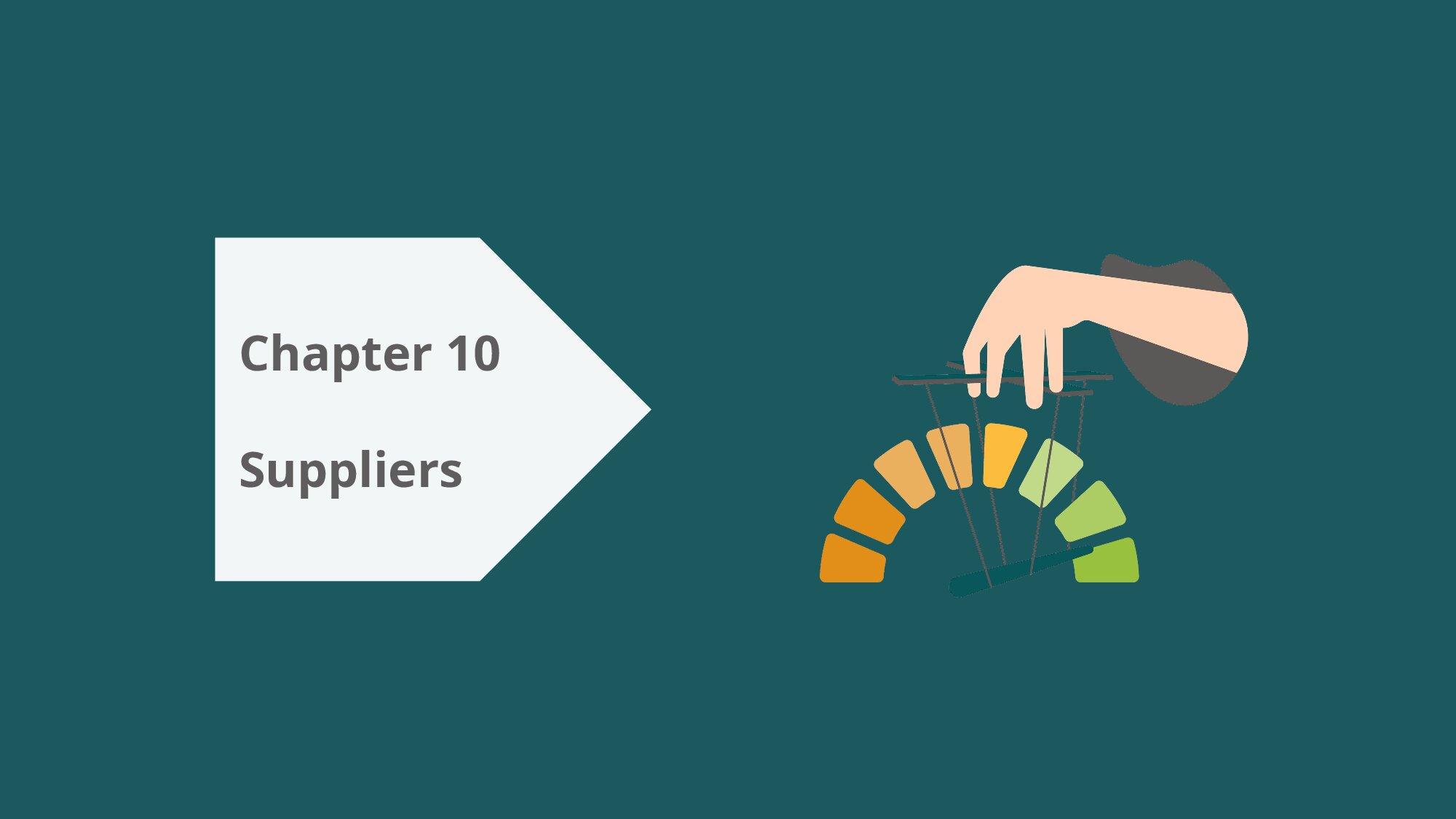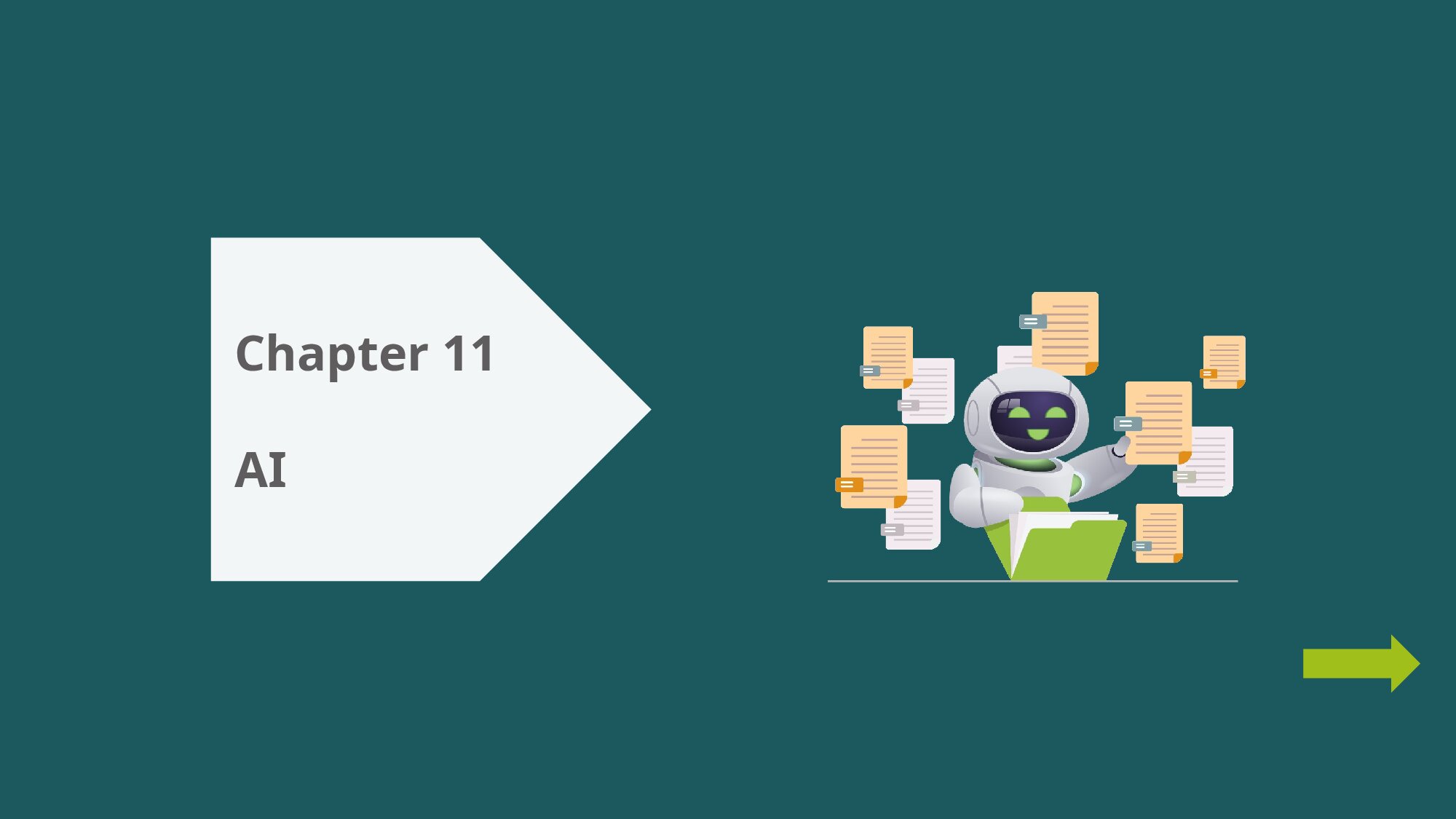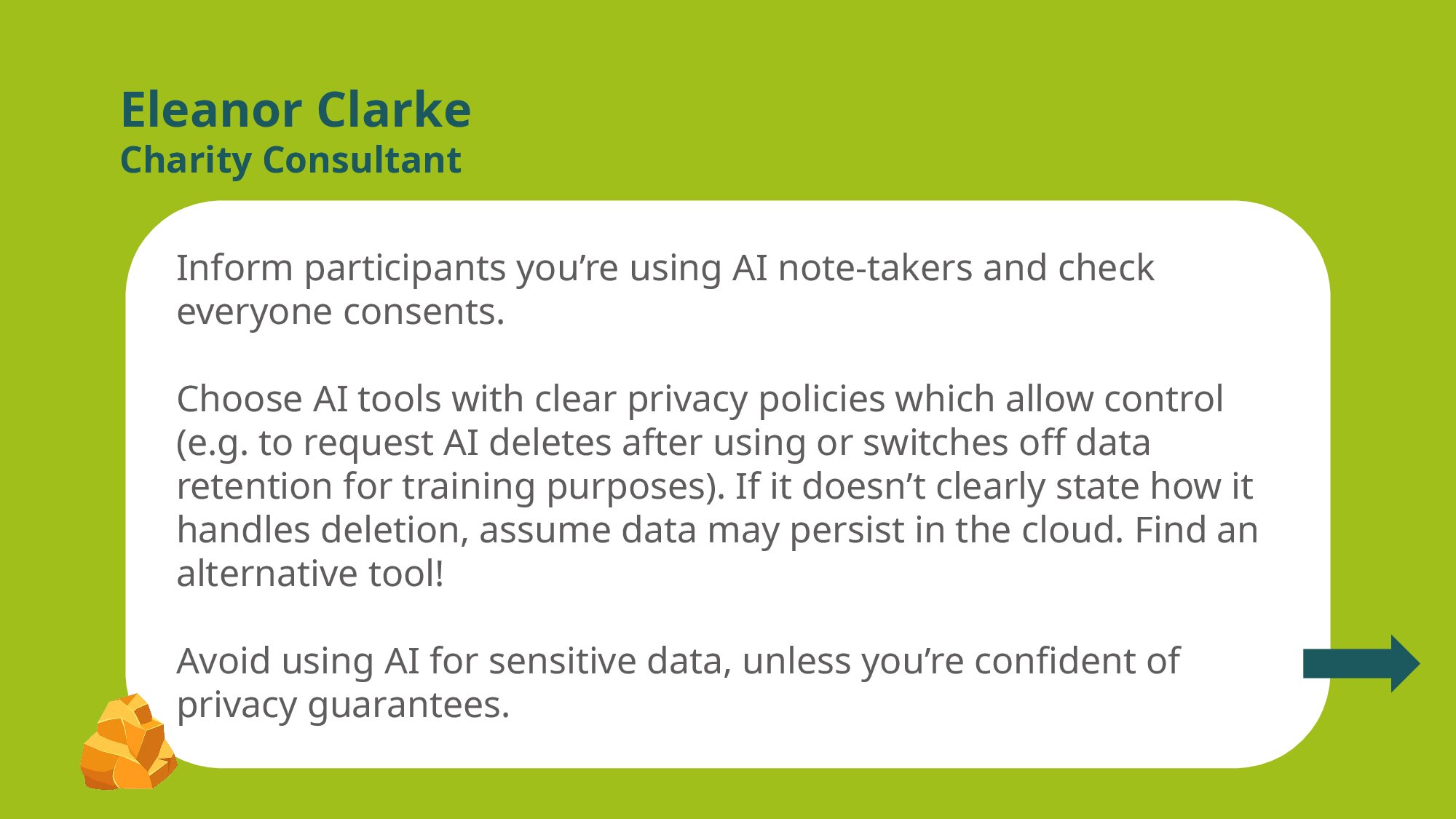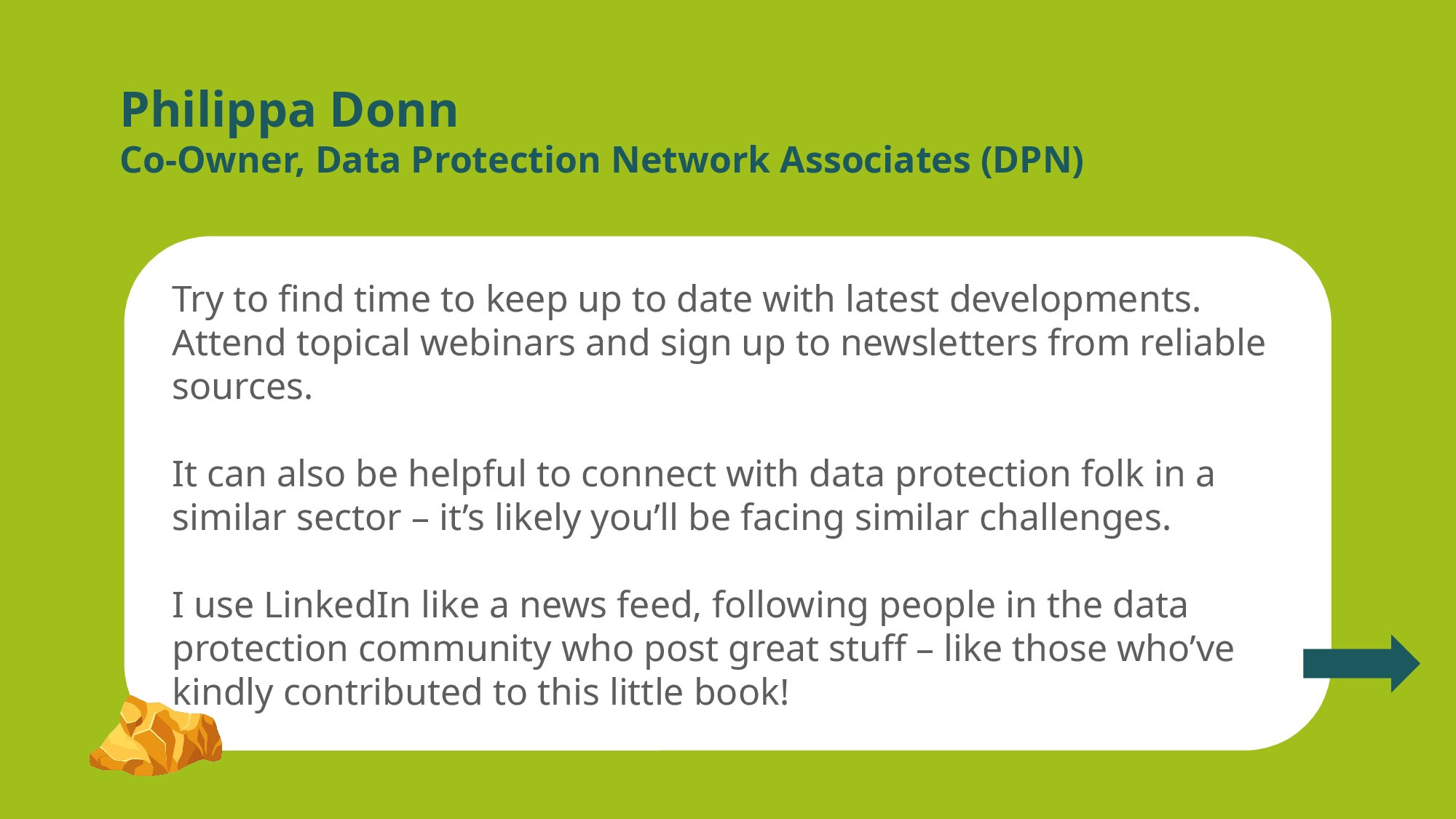Why the Right of Access is broken
DSARs are an overly onerous and often pointless exercise
There’s been murmuring for years about the ‘weaponisation’ of the right of access. Individuals submitting Data Subject Access Requests in an effort to try and ‘dig up dirt’ for another matter. Maybe during an unfair dismissal claim, a disciplinary case, employment tribunal, an ongoing complaint or prior to litigation.
Organisations sometimes believe the person is submitting a DSAR just to be downright awkward and find themselves unable to meet the threshold to refuse the request (in part, or in full) as ‘manifestly’ unfounded or excessive.
Businesses are spending excessive amounts of time responding to more tricky requests. We’re told we need to be prepared and have enough resources to handle requests. But is it reasonable to expect small-to-medium sized organisations to have teams on standby for 6-7 requests a year? Often one or two people have to dedicate hours… days, to respond by the statutory deadline. This can be a whole calendar month where they’ve done little else.
We also know countless local councils, police services, NHS trusts and other public bodies have been on the receiving end of official ICO reprimands for failing to address their massive backlogs of requests.
Something needs to change.
It’s getting worse not better. Anecdotally, I’m hearing the number of requests is steadily increasing. No one is immune. Companies that have never received a DSAR have had the horror of their first one from a disgruntled ex-employee. Charities, housing associations, travel operators, retailers, publishers are all in the firing line.
The problem. Fulfilling this right is often not straightforward. The ICO’s guidance is over 100 pages long. I can deliver a whole day’s DSAR training session and not cover every nuanced consideration. The specific circumstances of a request can throw up new challenges.
Yes, we can always improve our procedures and make efficiencies. But ultimately, with difficult requests there will always be time-consuming issues which can’t be automated. There may be brilliant software available to streamline the process. But many small-to-medium sized companies and charities, with limited budgets, will struggle to justify the cost of new technology when the volume of requests is not very high, and fluctuates significantly. Some redaction technology can almost make things worst by over-redacting.
Then, after all our efforts are people happy with what they receive?
It seems not. While I can’t find the most recently figures, the ICO’s 2023/24 Annual Report reveals nearly 40,000 complaints were received by the regulator. A staggering 39% of these concerned DSARs. Those submitting requests are clearly further disgruntled with what they receive.
By June 2026 UK organisations will be legally required to have a data protection complaints procedure. And yes, this will inevitably mean a percentage of the DSARs you get out the door, will come straight back in as a formal complaint. More time and effort, while the individual’s frustration grows.
I fear we’ll see public bodies not just being accused of failing to address a massive backlog of DSARs, but a massive backlog of unresolved data protection complaints too.
Of course, we’re not all saints. Some organisations do a bad job with DSARs. I’ve seen cases where individuals have been provided with reams of overly redacted documents which make no sense. Some organisations blatantly ignore requests. A Care Home manager has been personally fined for deliberately destroying and withholding information, when faced with a DSAR. There are the cases where bad practices can be exposed.
There are the high-profile cases. Nigel Farage successfully revealed via a DSAR that NatWest had closed his Coutts account due to his political opinions. And then via a second request exposed how NatWest employees had made disparaging comments about him.
But I like to believe there are plenty of organisations trying their very best to do the right thing. I work with some who spend painstaking hours retrieving, assessing and redacting, only to look at what they’re providing and think ‘is this of any value to the person?’
Often, a DSAR seems far from the most suitable route for the individual to get the information or resolution they’re seeking.
If we take a step back to why this right exists in data protection law it seldom feels like DSARs are being submitted in the spirit of what legislators intended.
GDPR states: The data subject shall have the right to obtain from the controller confirmation as to whether or not personal data concerning him or her are being processed, and, where that is the case, access to the personal data…
Recital 63 gives us further clarification: A data subject should have the right of access to personal data which have been collected concerning him or her, and to exercise that right easily and at reasonable intervals, in order to be aware of, and verify, the lawfulness of the processing.
For its part the ICO says: It is a fundamental right for individuals. It helps them understand how and why you are using their data and check you are doing it lawfully.
In reality? The times when an individual is actually expressing an interest in the ‘lawfulness of processing’ are, in my experience, exceptionally rare. In the past twenty years, I can’t think of any case I’ve dealt with where the requestee has stated an interest in this.
So, my interest was piqued by a proposal in the European Commission’s Digital Omnibus, which is looking at amending aspects of GDPR. It suggests requests could be rejected, or a fee charged, if a controller considers the request is being used by someone for other purposes than the ‘protection of their personal data’.
On the face of it, this seems a good idea. An attempt to take the right of access back to what the legislation originally intended it to be. But the devil will be in the detail. How would organisations make this judgement call? Will people just get smart and add new wording to make sure their requests meet the bar?
If the EU does proceed with significant changes, I would encourage the UK Government to follow suit. Others in my field may gasp and shake their heads, but I was disappointed the UK Data (Use and Access) Act only clarified in law right of access matters which already happen in established practice. I wish it had gone further.
There are other areas which could be looked at. When an individual insists they want all their personal data, should organisations really be under an obligation to include information the individual already has? Is the timescale too short? Could we at least not have to count bank holidays! Can the threshold for manifestly unfounded or excessive be lowered, or changed?
As it stands, I believe some but not all DSARs are too onerous for organisations to fulfil, and often provide no meaningful benefit for the individual. No one seems to win, and complaints grow.
Please can something change.
Unfortunately, as the law is unlikely to be amended any time soon, either in the EU or UK, I’ll leave you with a few quick tips:
- A DSAR is not a right to documentation. It’s a person’s right to receive a copy of their personal data and other supplementary information.
- A request for specific information isn’t a DSAR just because it includes personal data – in fact treating a specific request like a DSAR can be to the individual’s detriment and create an unnecessary burden on resources.
- Managing expectations right from the start can help to reduce complaints. People often have a flimsy grasp of what the right actually entitles them too.
- Talking with the requestee can often resolve much more than relying on emails.
I’ve written more about managing employee related requests and do check out the ICO’s helpful employee DSAR Q&A.




